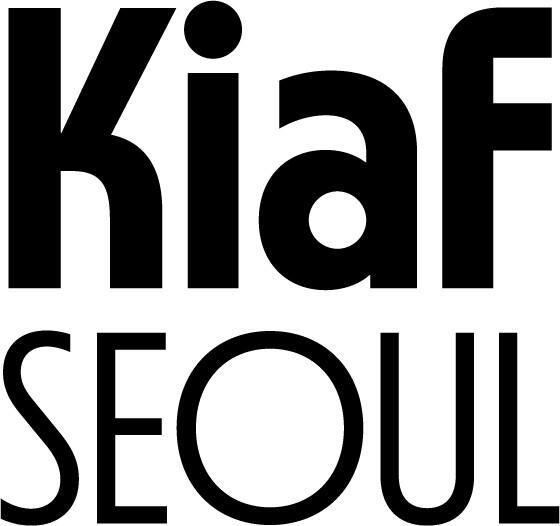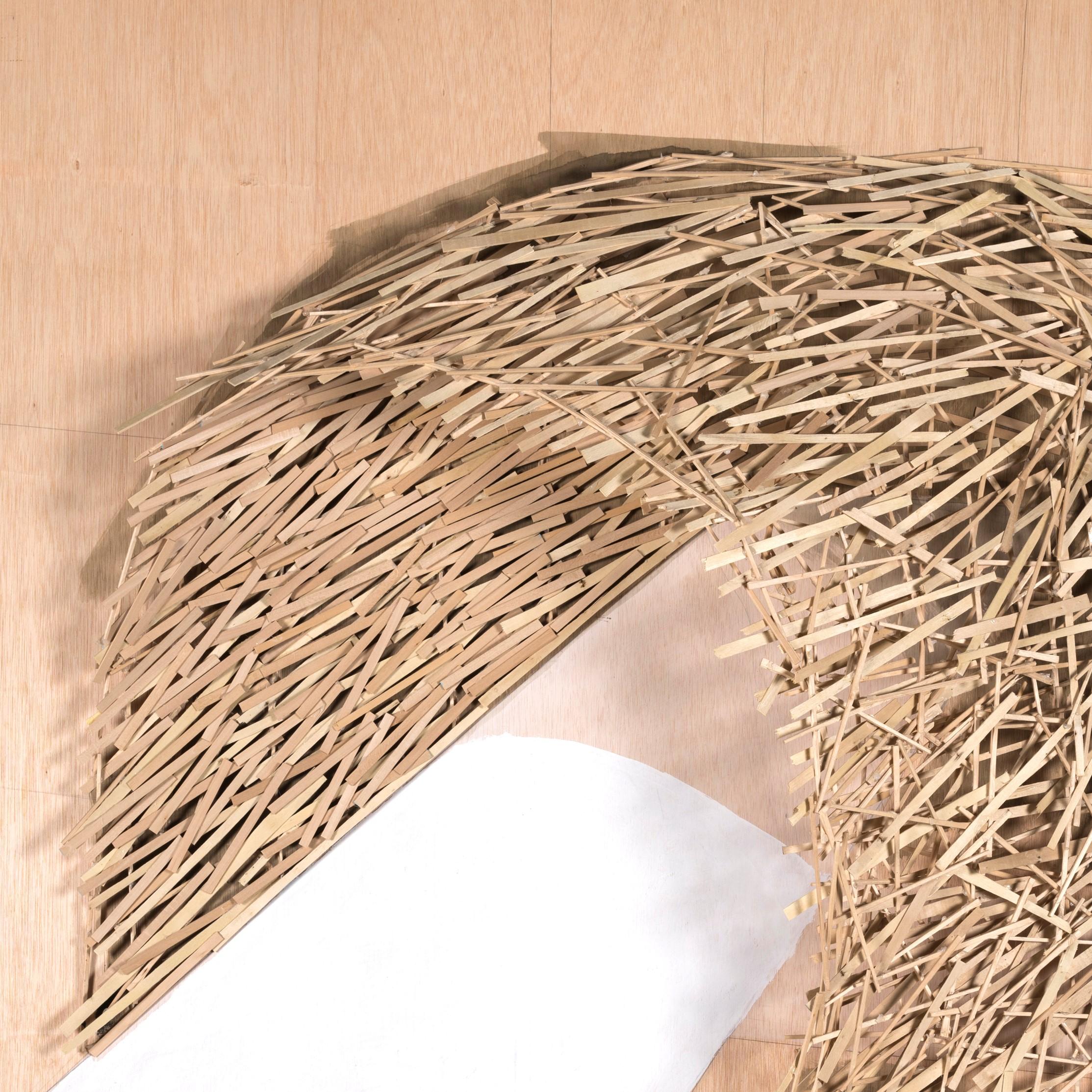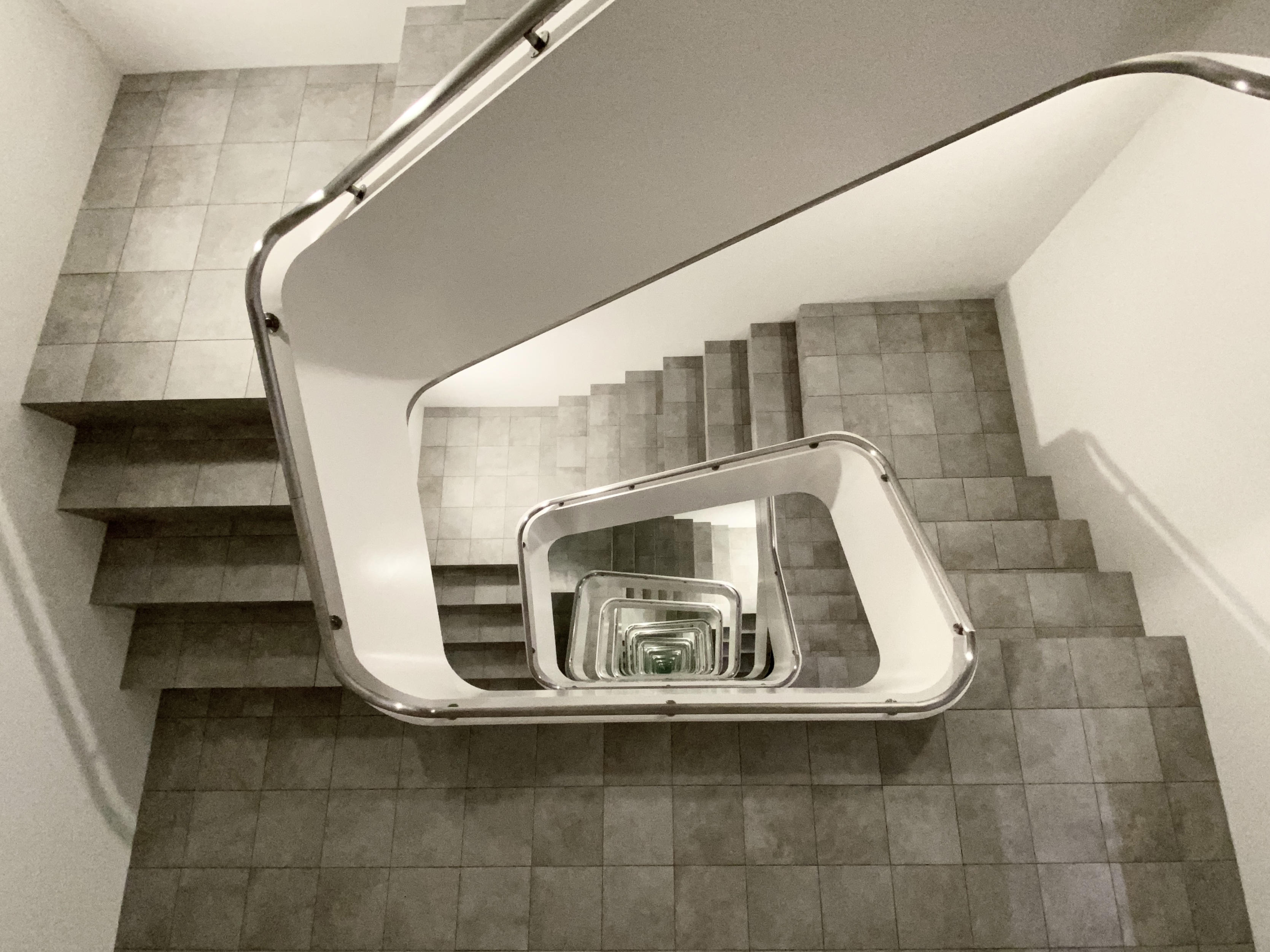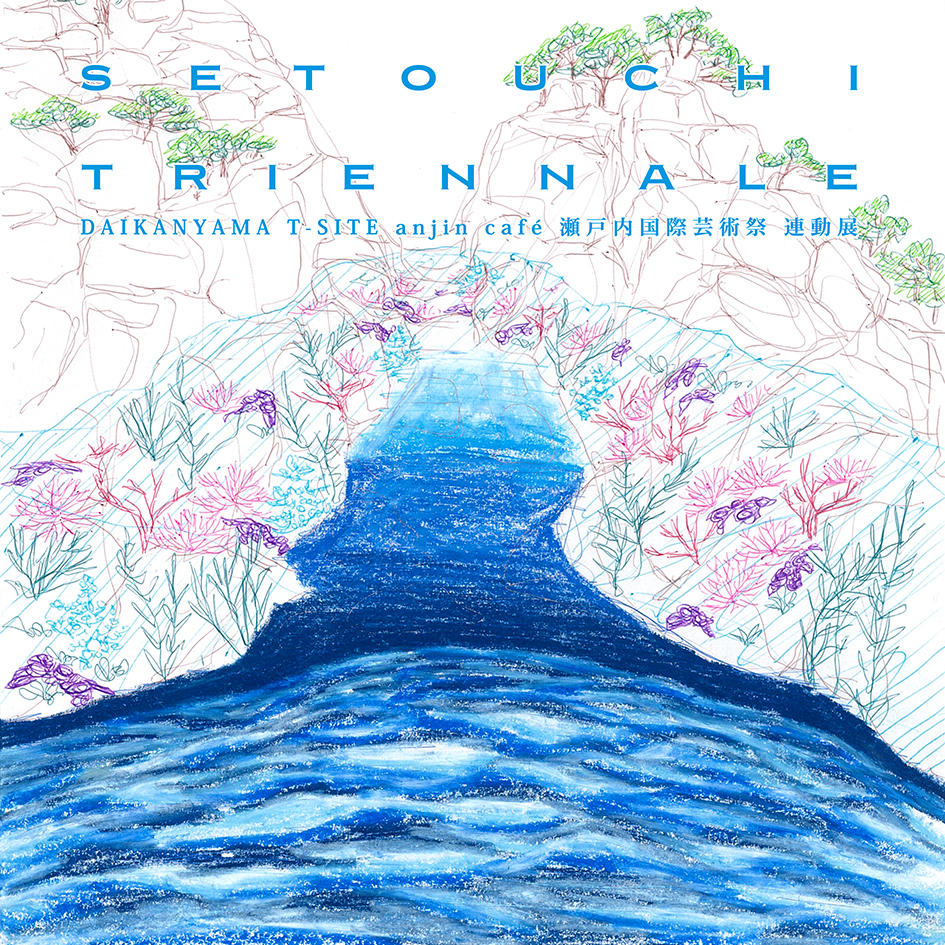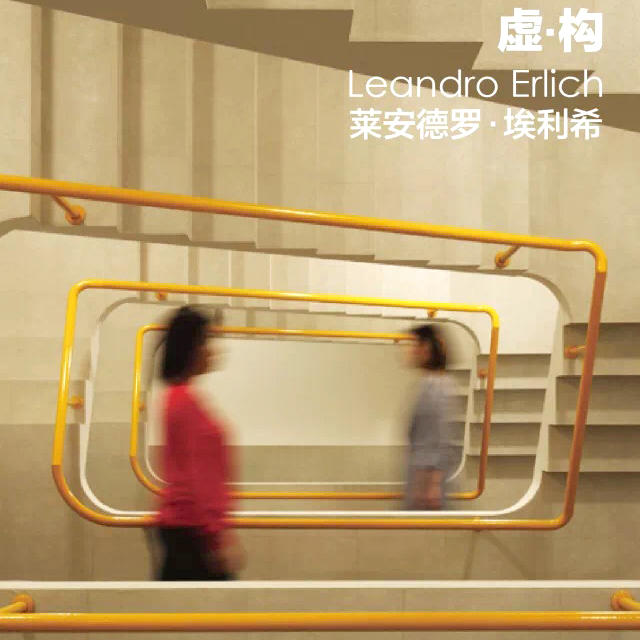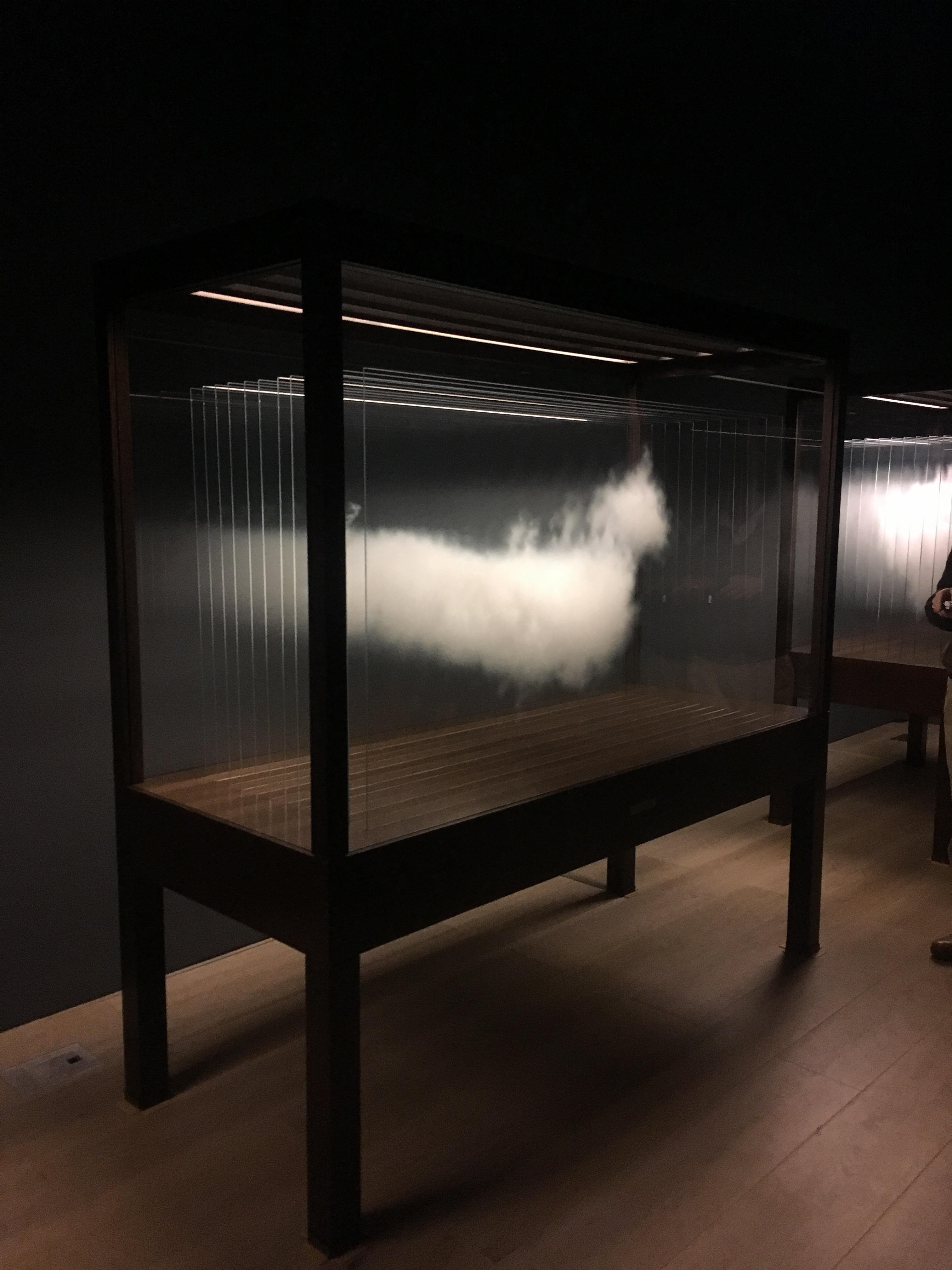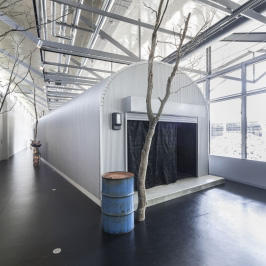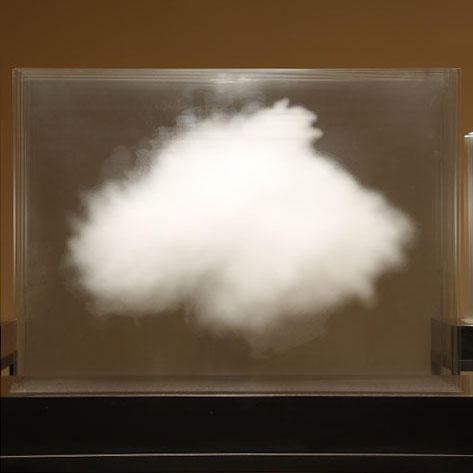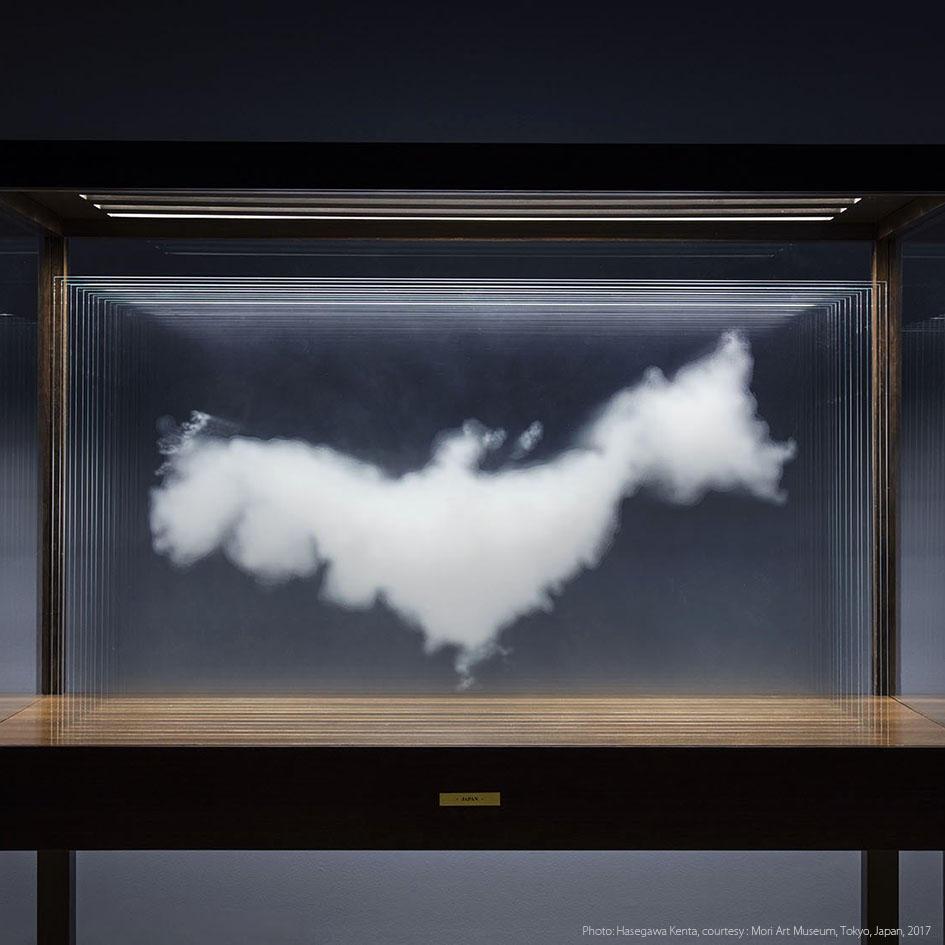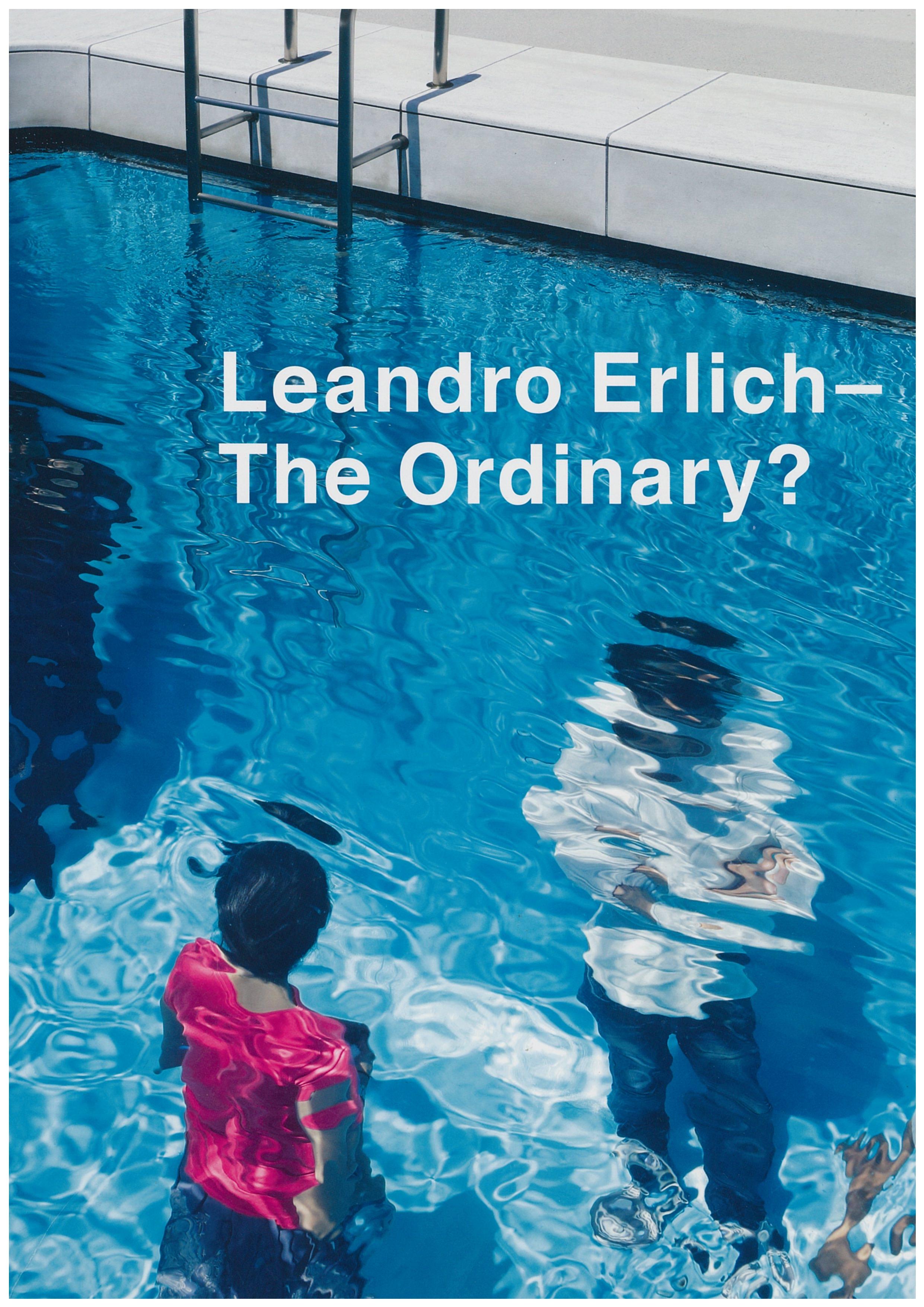Exhibition
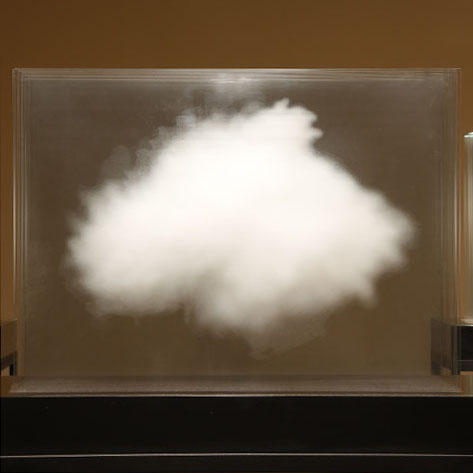
c photo : Keizo KIOKU, courtesy 21st Century Museum of Contemporary Art of Kanazawa
Solo exhibition of Leandro Elrich - Fragment of Illusion -
2014, Sep. 5th (Fri) - Oct. 5th (Sun)
Art Front Gallery will host a solo exhibition by Leandro Erlich. Leandro Erlich gained international acclaim after his debut at the 2000 Whitney Biennial, followed by exhibits in the 2001 and 2005 Venice Biennials. In 2004 he became widely known in Japan for his permanent installation Swimming Pool at the 21st Century Museum of Contemporary Art, Kanazawa. Also, he has participated in project based works at the 2006 Echigo-Tsumari Art Triennale with the creation of Tsumari’s House, the 2010 Setouchi Triennale with The Presence of Absence installed within the setting of a local country house on the island of Megishima, and in 2012 at Echigo-Tsumari Satoyama Museum of Contemporary Art KINARE with his construction of Tunnel. He is actively involved with museum art as well, and contributed at the Museum of Contemporary Art, Tokyo, in the 2013 BUNNY SMASH design to touch the world exhibition.
This summer he is receiving high critical praise for his solo exhibition at the 21st Century Museum of Contemporary Art, Kanazawa, and the appeal of Leandro Erlich who has achieved a high standing among international artists is that his work transcends generations and offers a space facilitating play and familiarity for everyone. In contrast to these corporal and spatial project based works, the focus of the exhibition at the Gallery is to show the attraction his creations hold in a compact, condensed and personal style. For this the artist and the Gallery have spent much time planning together. We will be introducing new works to enjoy a different perspective from Leandro’s previous exhibits. We hope you will take this opportunity to delight in the charms of the world created by Leandro Erlich.
For more information on the artists, please click here
This summer he is receiving high critical praise for his solo exhibition at the 21st Century Museum of Contemporary Art, Kanazawa, and the appeal of Leandro Erlich who has achieved a high standing among international artists is that his work transcends generations and offers a space facilitating play and familiarity for everyone. In contrast to these corporal and spatial project based works, the focus of the exhibition at the Gallery is to show the attraction his creations hold in a compact, condensed and personal style. For this the artist and the Gallery have spent much time planning together. We will be introducing new works to enjoy a different perspective from Leandro’s previous exhibits. We hope you will take this opportunity to delight in the charms of the world created by Leandro Erlich.
For more information on the artists, please click here
| Date | 2014, Sep. 5th (Fri) - Oct. 5th (Sun) |
|---|---|
| Hours | 11:00 - 19:00 (closed on Mondays) |
| Venue | ART FRONT GALLERY, Daikanyama (Tokyo Japan) |
| Reception | Sep. 5th (Fri) 18:00~20:00 |
Fragment of Illusion
Leandro Erlich continues to expand the territory of art. When he takes on a subject we find mundane and familiar, he inverts it into an apparatus that allows us access to something we have never seen or experienced. His work with the pool in Kanazawa provides us a gaze on the aquatic surface to find an audience in the water. The work at the Echigo-Tsumari museum looks like a warehouse from the exterior, but the interior is a tunnel where an automobile travels. In both cases, these are everyday objects that have had their original function removed, and in turn a different element has been combined to bring about an artwork that engages the viewer through surprise. These creations are infused with a light wit and by their nature give enjoyment to audiences of all ages.
During the process of democratic transition in European nations during the 19th century, art museums became the liberated spaces where art was placed before the eyes of the average citizen. This did not mean, however, a transformation of the art content. The academy continued while criticized by the avant-garde movement, which in turn was divided by various theories for newly emergent genres entrenched in their own worlds. Audiences, unable to share these worldviews, found themselves left behind. Many people still think of art as a noble employment in search of the aesthetic ideal, something complicated, or something requiring cultural refinement. Such an understanding is not totally mistaken, if the concept of art in its totality is taken into consideration. But for us who live in the world of art, we are often shocked at opinions claiming our efforts at best serve only to retain art for a very limited audience.
What about the work of Leandro Erlich? Interest is aroused in this artist’s work starting with the strange discomfort of finding objects generally not associated with art, such as a pool, a window, or a warehouse, located in a museum for no apparent reason. This in itself is the same as avant-garde art to date. It does, however, demarcate itself from avant-garde art, which simply by the act of exhibiting an object seeks a reform the system of art. Rather, it sidesteps the feeling of strangeness and places emphasis on the transformation to surprise. Regardless of the existence (or lack) of aesthetic values or knowledge on the part of the audience, he is able to create work that appeals to anyone, because its concern is to upset visually our mundane assumptions. In this sense, he is an artist embodying the present need for art to step outside of the narrow domains of art and start moving forward toward new horizons. In terms of taking into consideration the reactions of his audiences, Leandro Erlich distinguishes himself as a contemporary artist. In conversation with him, he often uses the word “photogenic.” Almost all people now days go everywhere carrying mobile phones with camera functions and take snap shots whenever they feel the urge. They have also become very interested in how these photographs can be uploaded on the web as art. It is a reaction on the part of an audience, only possible in our current age. I know no other artist, who understands this phenomenon to the degree that Erich does and is as flexible in adapting to it in their work.
Leandro Erlich is widely known for his comparatively large and experiential work, such as at Kanazawa and Echigo-Tsumari. At this exhibition hosted by the Art Front Gallery, smaller works including a number of his new creations will be installed, which feature a point of view quite different to his previous shows. You will find this artist striding lightly across various art territories, and see many of his ideas condensed in various forms.
Art Front Gallery Kondo Toshio
Leandro Erlich continues to expand the territory of art. When he takes on a subject we find mundane and familiar, he inverts it into an apparatus that allows us access to something we have never seen or experienced. His work with the pool in Kanazawa provides us a gaze on the aquatic surface to find an audience in the water. The work at the Echigo-Tsumari museum looks like a warehouse from the exterior, but the interior is a tunnel where an automobile travels. In both cases, these are everyday objects that have had their original function removed, and in turn a different element has been combined to bring about an artwork that engages the viewer through surprise. These creations are infused with a light wit and by their nature give enjoyment to audiences of all ages.
During the process of democratic transition in European nations during the 19th century, art museums became the liberated spaces where art was placed before the eyes of the average citizen. This did not mean, however, a transformation of the art content. The academy continued while criticized by the avant-garde movement, which in turn was divided by various theories for newly emergent genres entrenched in their own worlds. Audiences, unable to share these worldviews, found themselves left behind. Many people still think of art as a noble employment in search of the aesthetic ideal, something complicated, or something requiring cultural refinement. Such an understanding is not totally mistaken, if the concept of art in its totality is taken into consideration. But for us who live in the world of art, we are often shocked at opinions claiming our efforts at best serve only to retain art for a very limited audience.
What about the work of Leandro Erlich? Interest is aroused in this artist’s work starting with the strange discomfort of finding objects generally not associated with art, such as a pool, a window, or a warehouse, located in a museum for no apparent reason. This in itself is the same as avant-garde art to date. It does, however, demarcate itself from avant-garde art, which simply by the act of exhibiting an object seeks a reform the system of art. Rather, it sidesteps the feeling of strangeness and places emphasis on the transformation to surprise. Regardless of the existence (or lack) of aesthetic values or knowledge on the part of the audience, he is able to create work that appeals to anyone, because its concern is to upset visually our mundane assumptions. In this sense, he is an artist embodying the present need for art to step outside of the narrow domains of art and start moving forward toward new horizons. In terms of taking into consideration the reactions of his audiences, Leandro Erlich distinguishes himself as a contemporary artist. In conversation with him, he often uses the word “photogenic.” Almost all people now days go everywhere carrying mobile phones with camera functions and take snap shots whenever they feel the urge. They have also become very interested in how these photographs can be uploaded on the web as art. It is a reaction on the part of an audience, only possible in our current age. I know no other artist, who understands this phenomenon to the degree that Erich does and is as flexible in adapting to it in their work.
Leandro Erlich is widely known for his comparatively large and experiential work, such as at Kanazawa and Echigo-Tsumari. At this exhibition hosted by the Art Front Gallery, smaller works including a number of his new creations will be installed, which feature a point of view quite different to his previous shows. You will find this artist striding lightly across various art territories, and see many of his ideas condensed in various forms.
Art Front Gallery Kondo Toshio
Artists
Related News
![[ART FAIR] Kiaf SEOUL 2023 / 키아프 서울 2023](https://artfrontgallery.com/whatsnew/assets_c/2023/09/kiaf-thumb-652x652-11457.jpg)
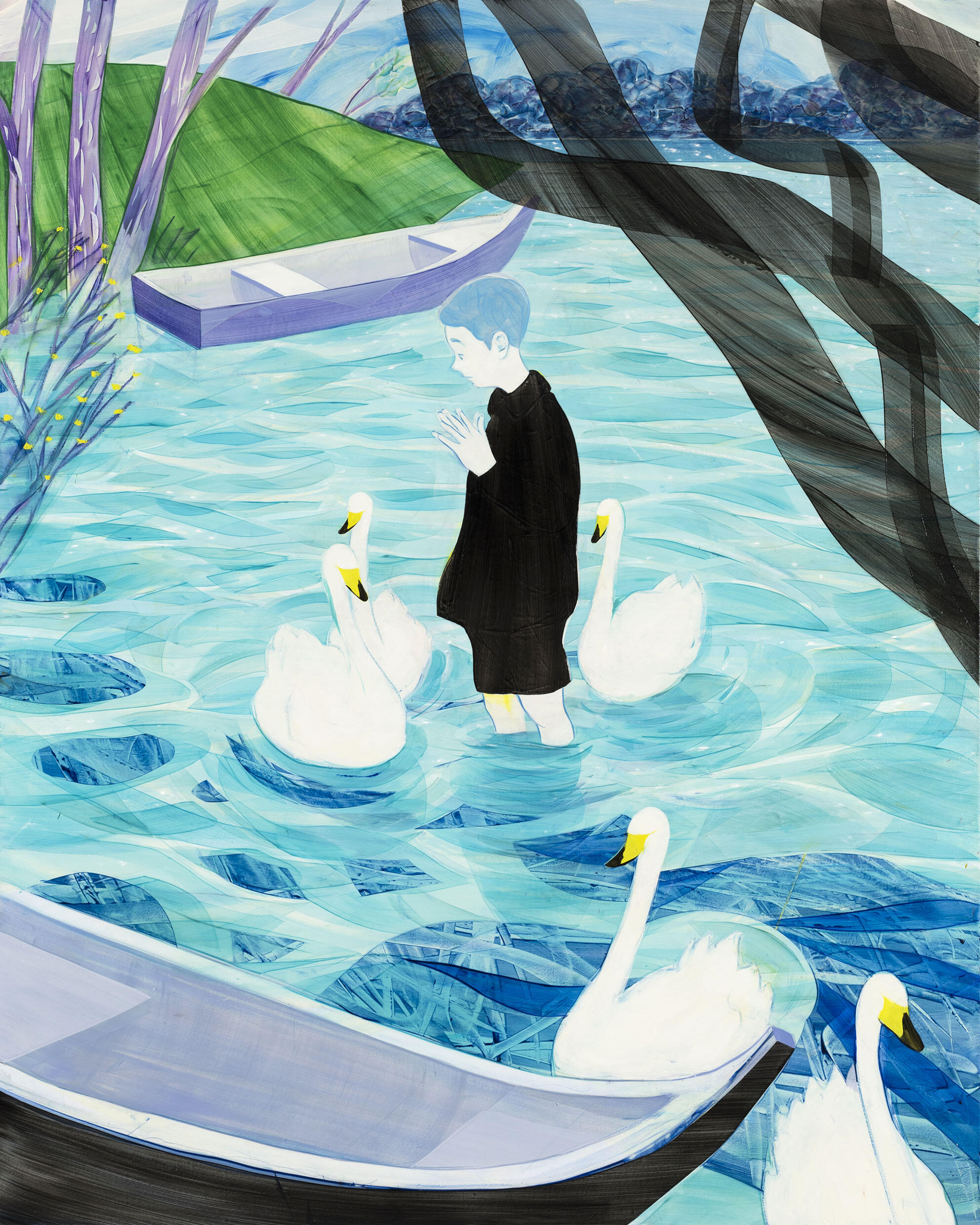
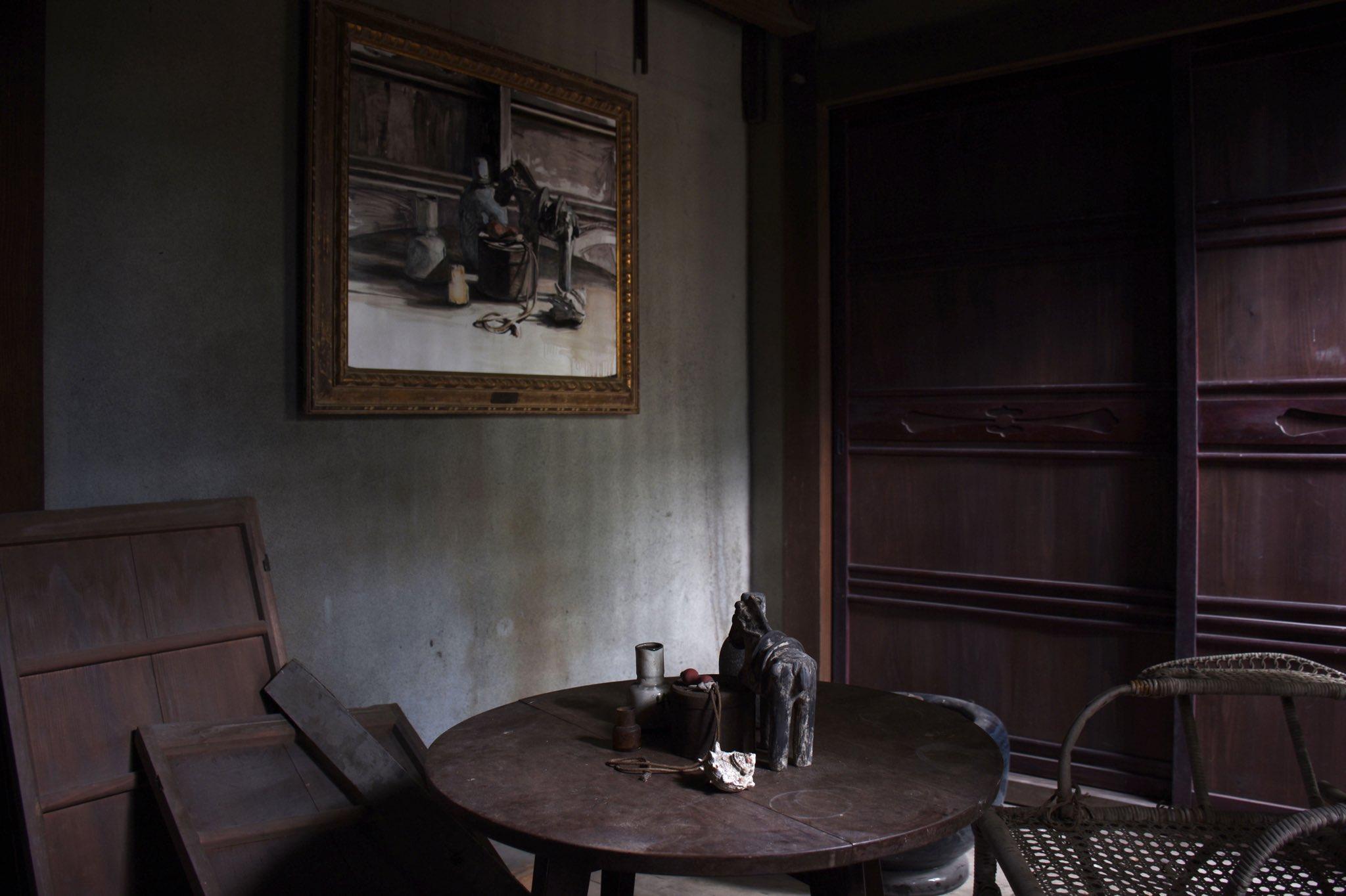
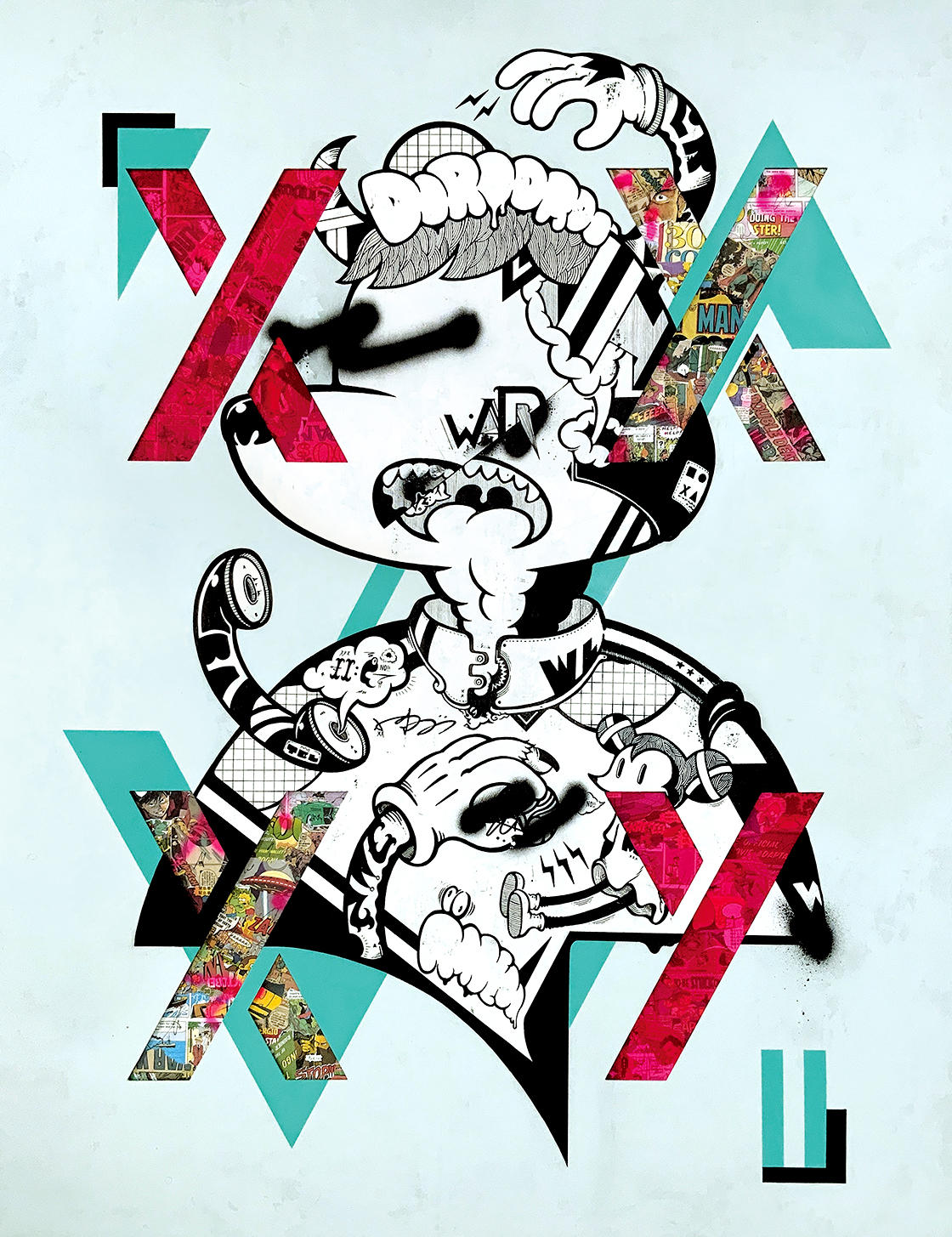
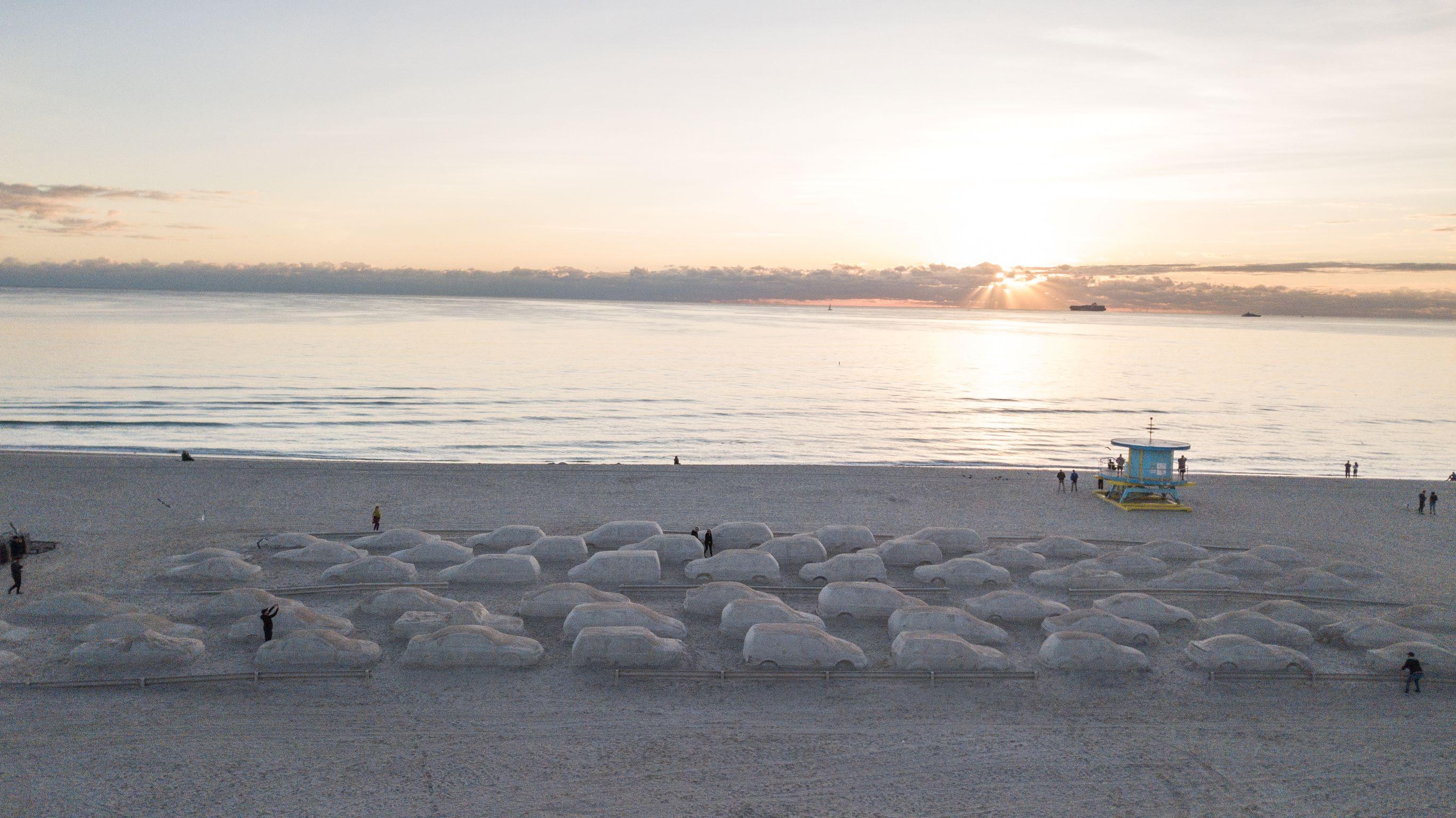
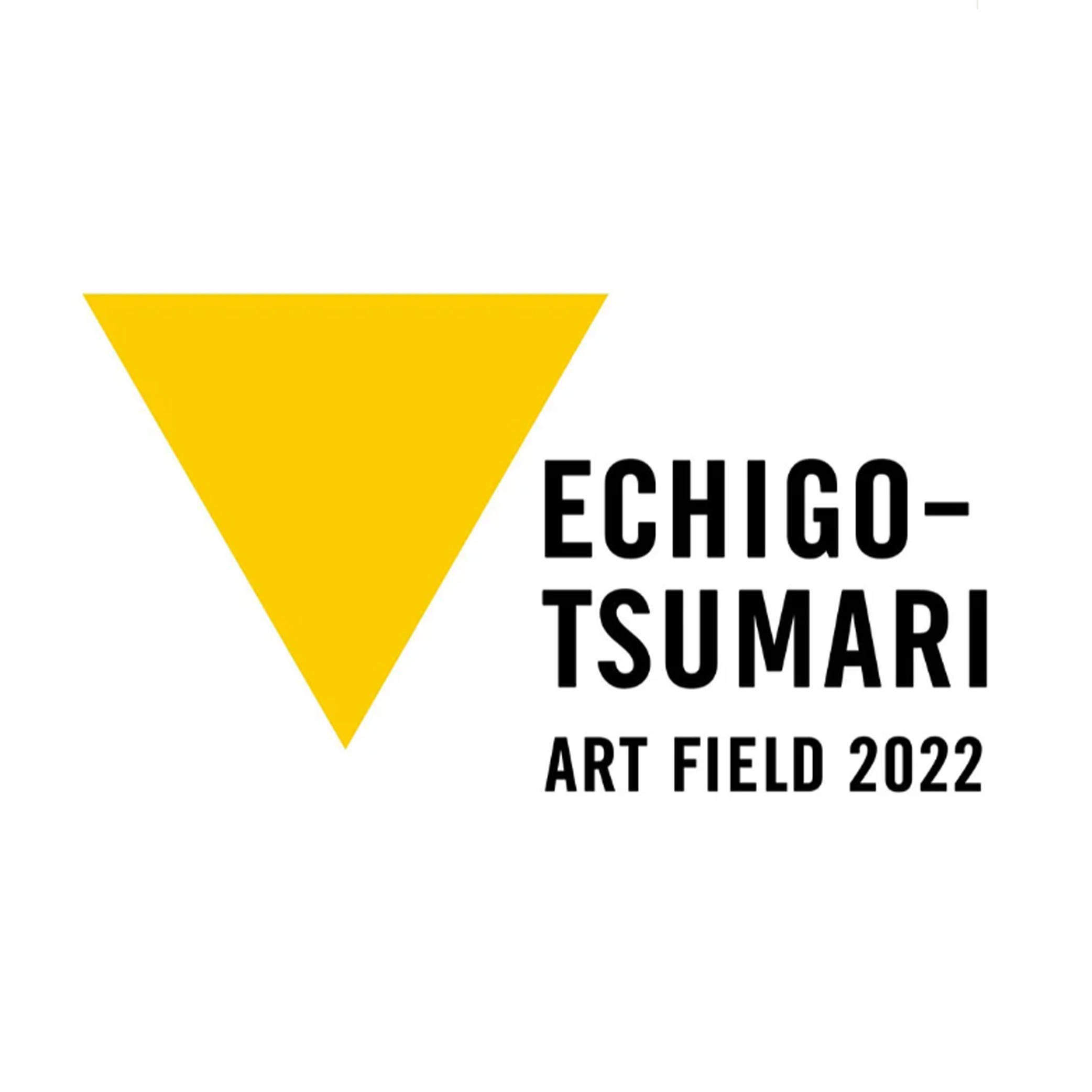
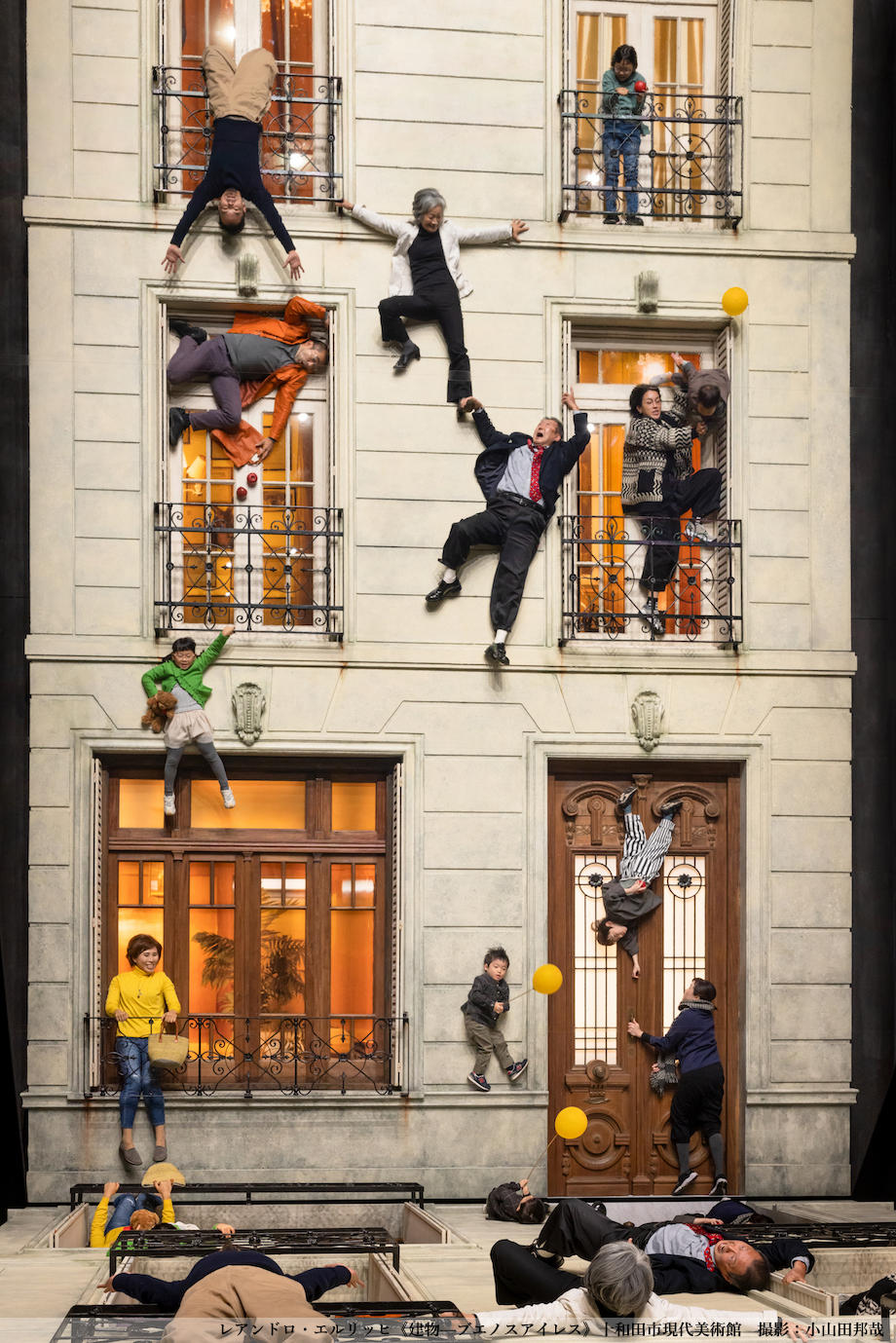
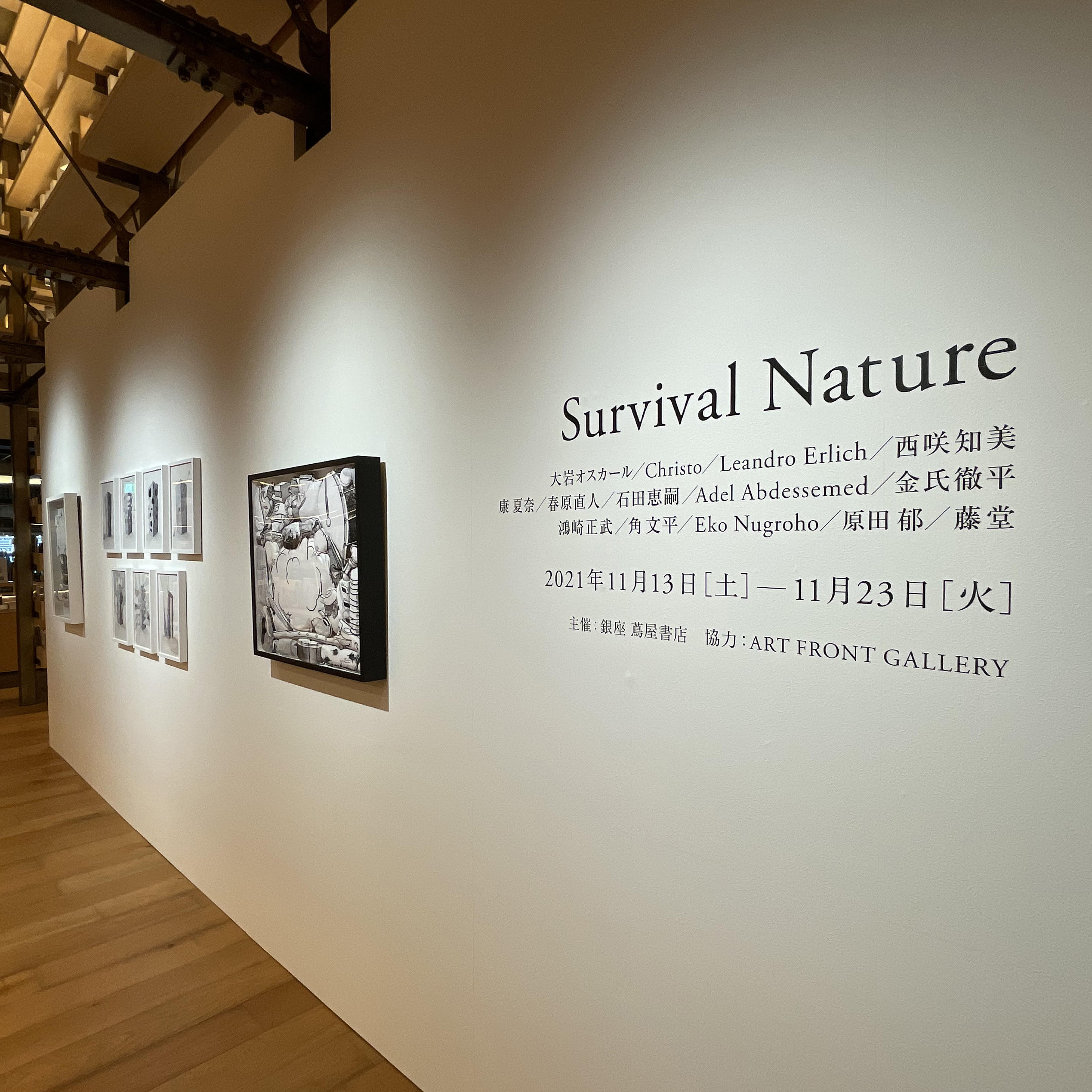
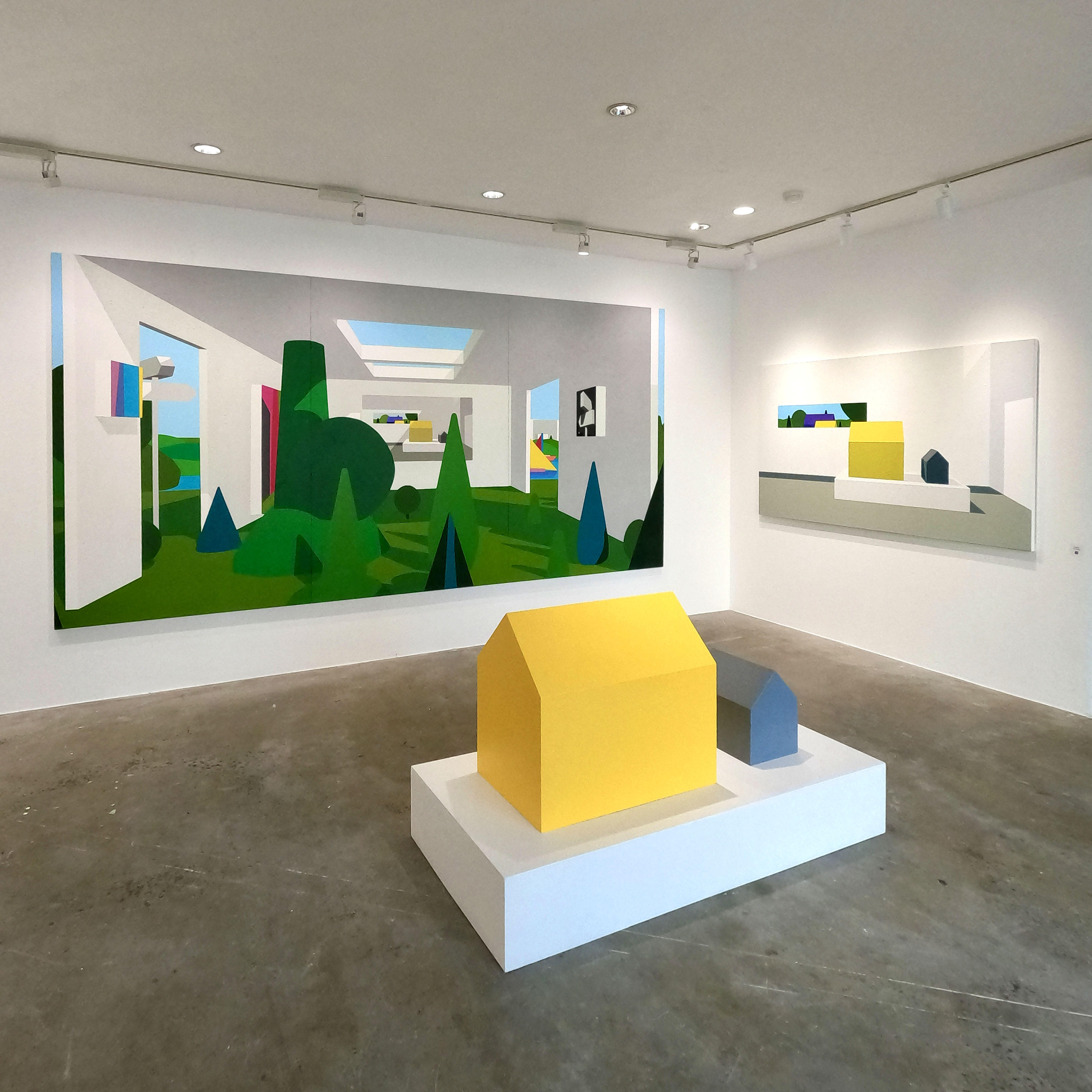
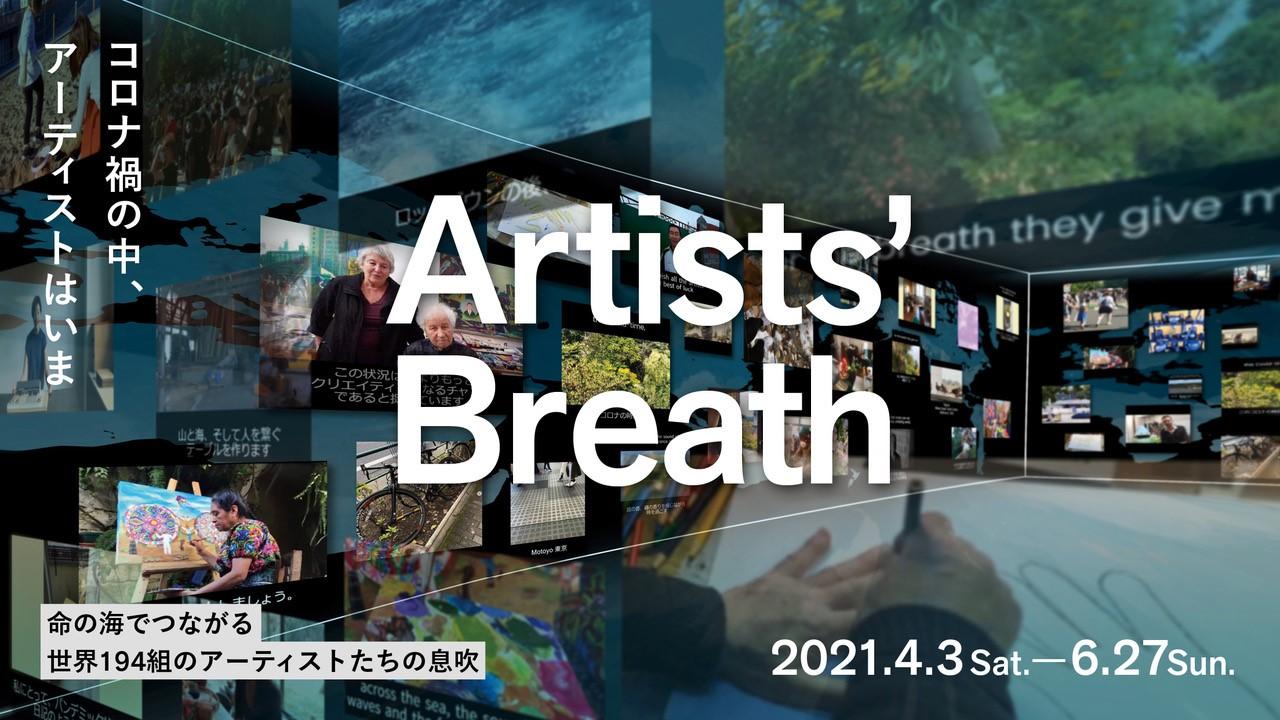
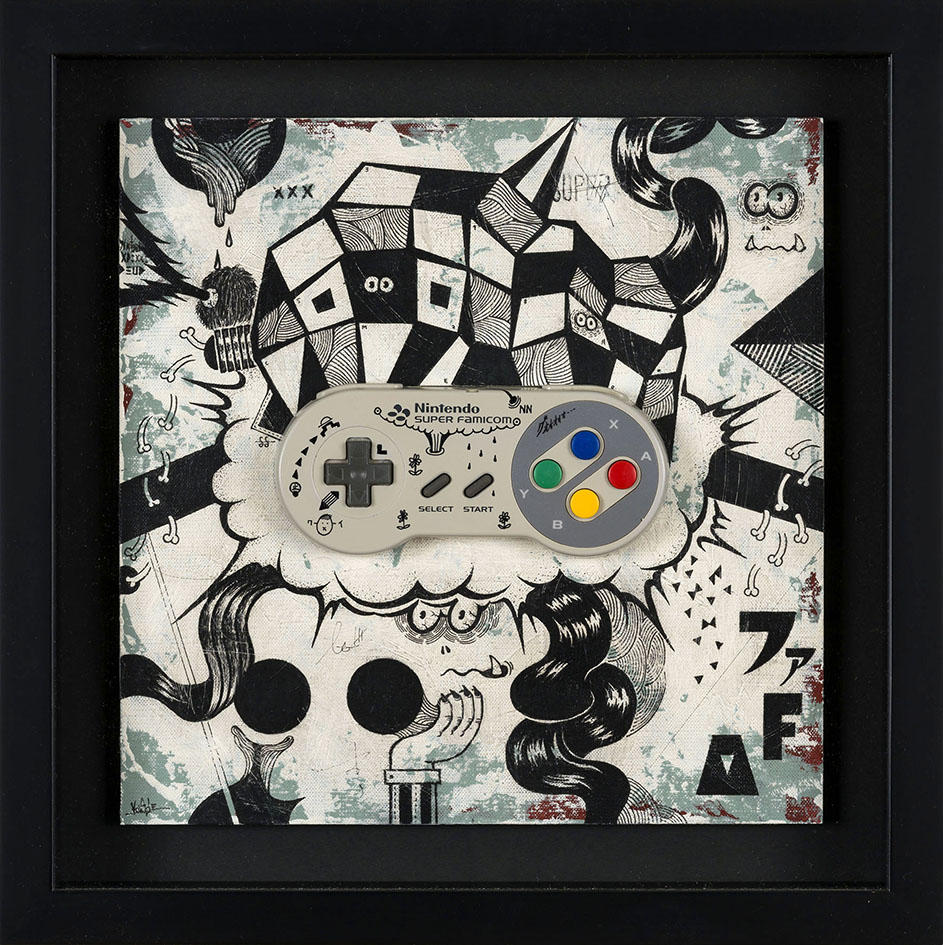
![[Oct. 9] Art Front Selection 2020 autumn : Temporarily closed](https://artfrontgallery.com/whatsnew/assets_c/2020/10/3ebd832ad43ca0ffa8a63682bb49b2fe5258a439-thumb-2444x2444-8076.jpg)
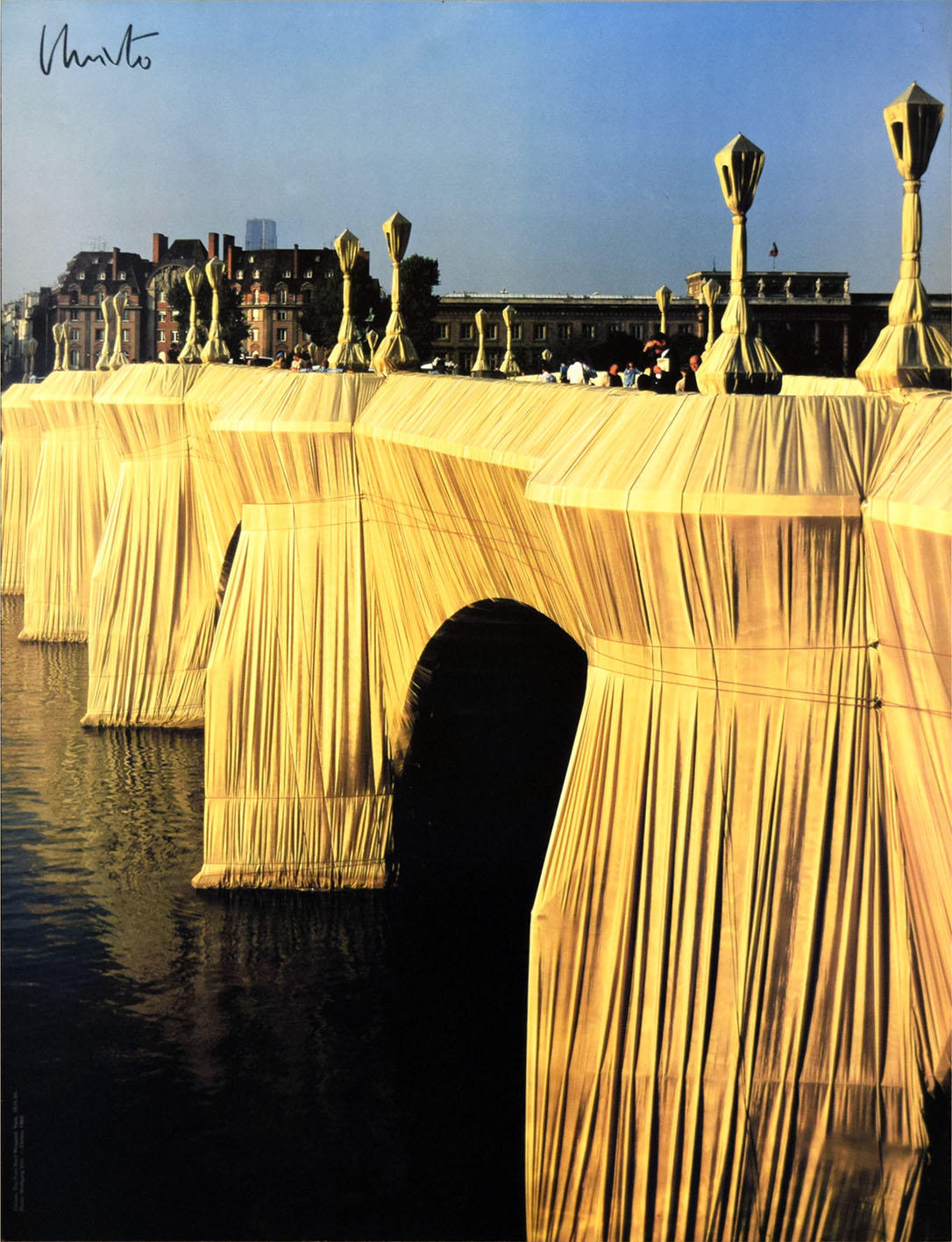
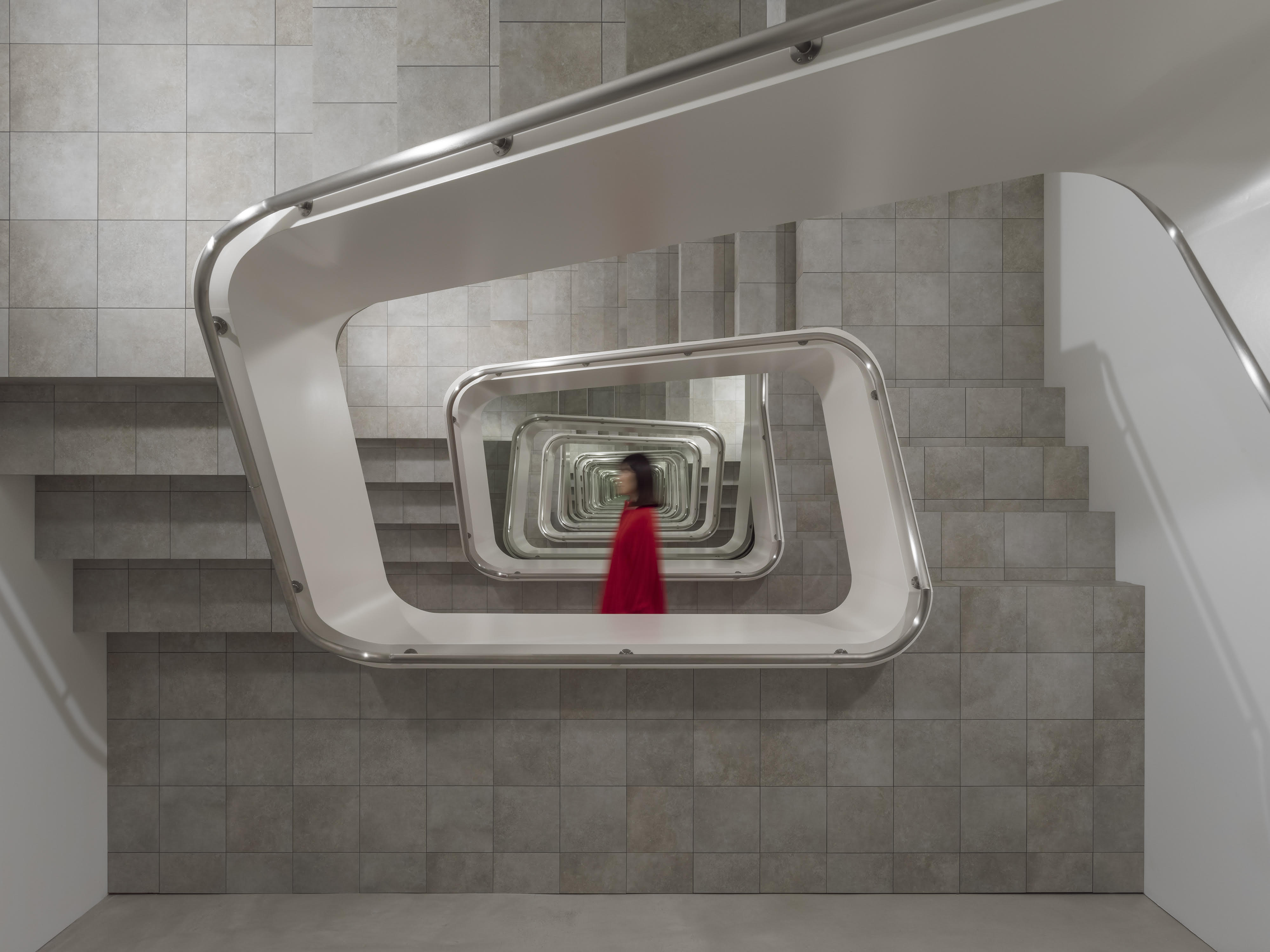
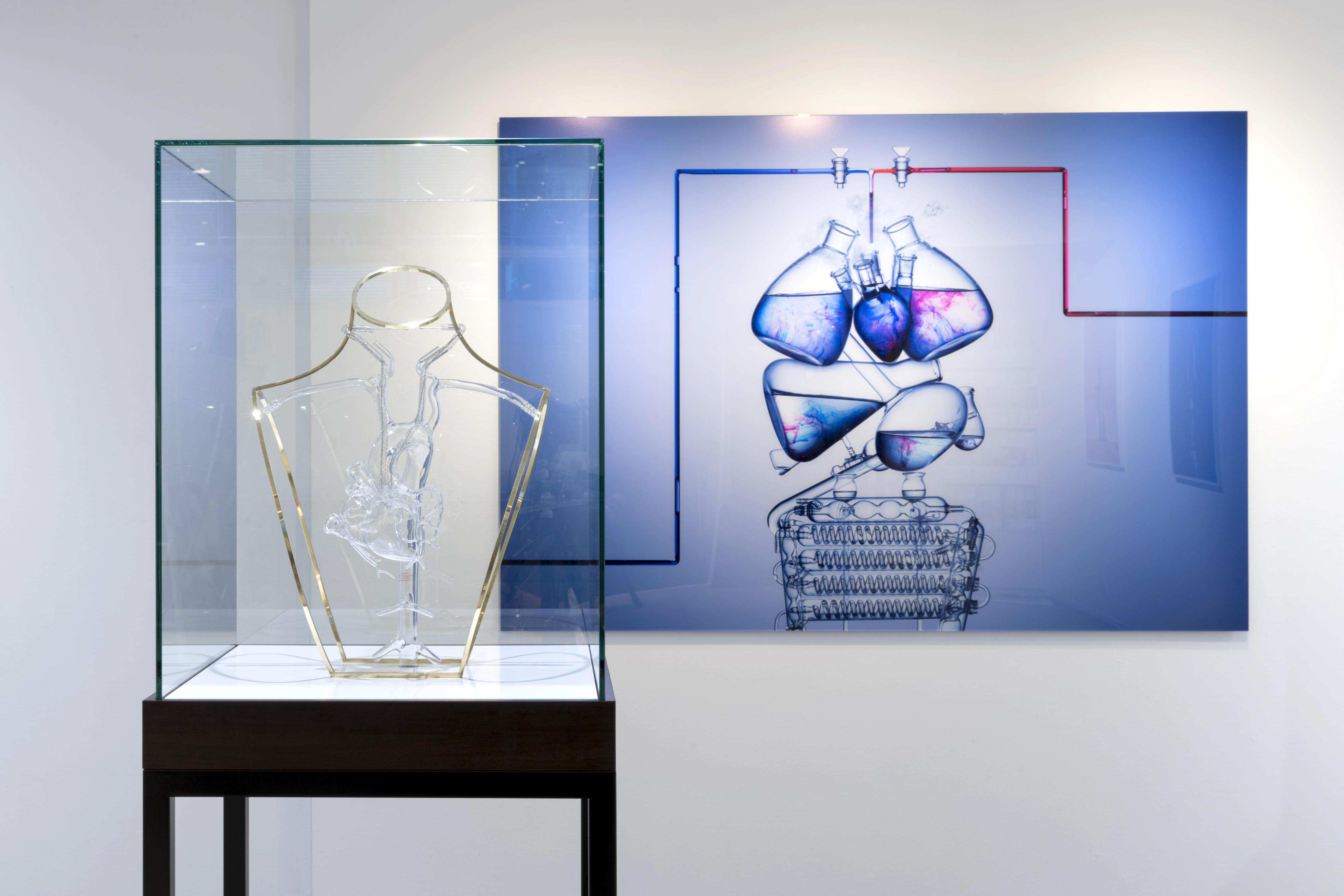
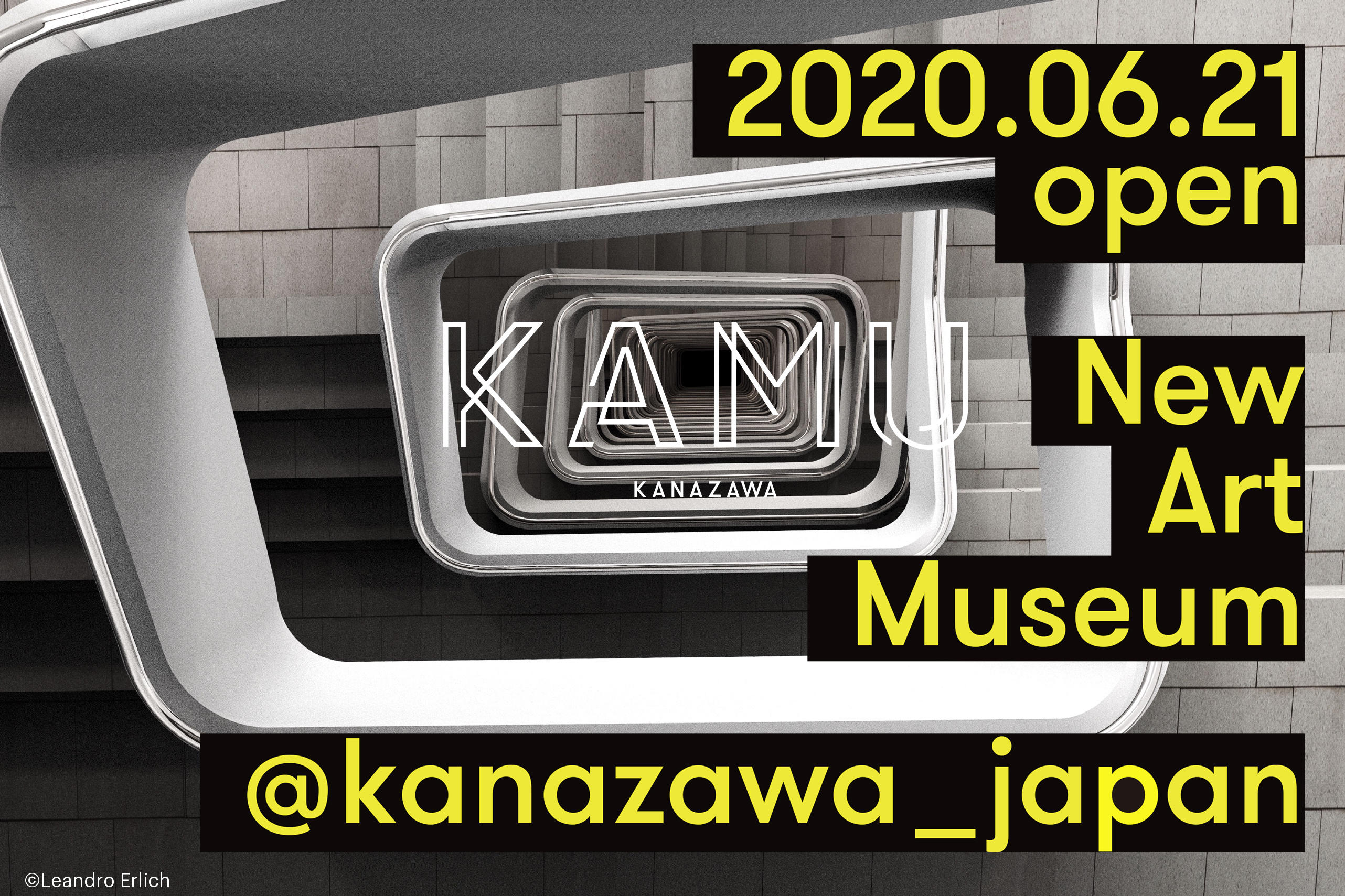

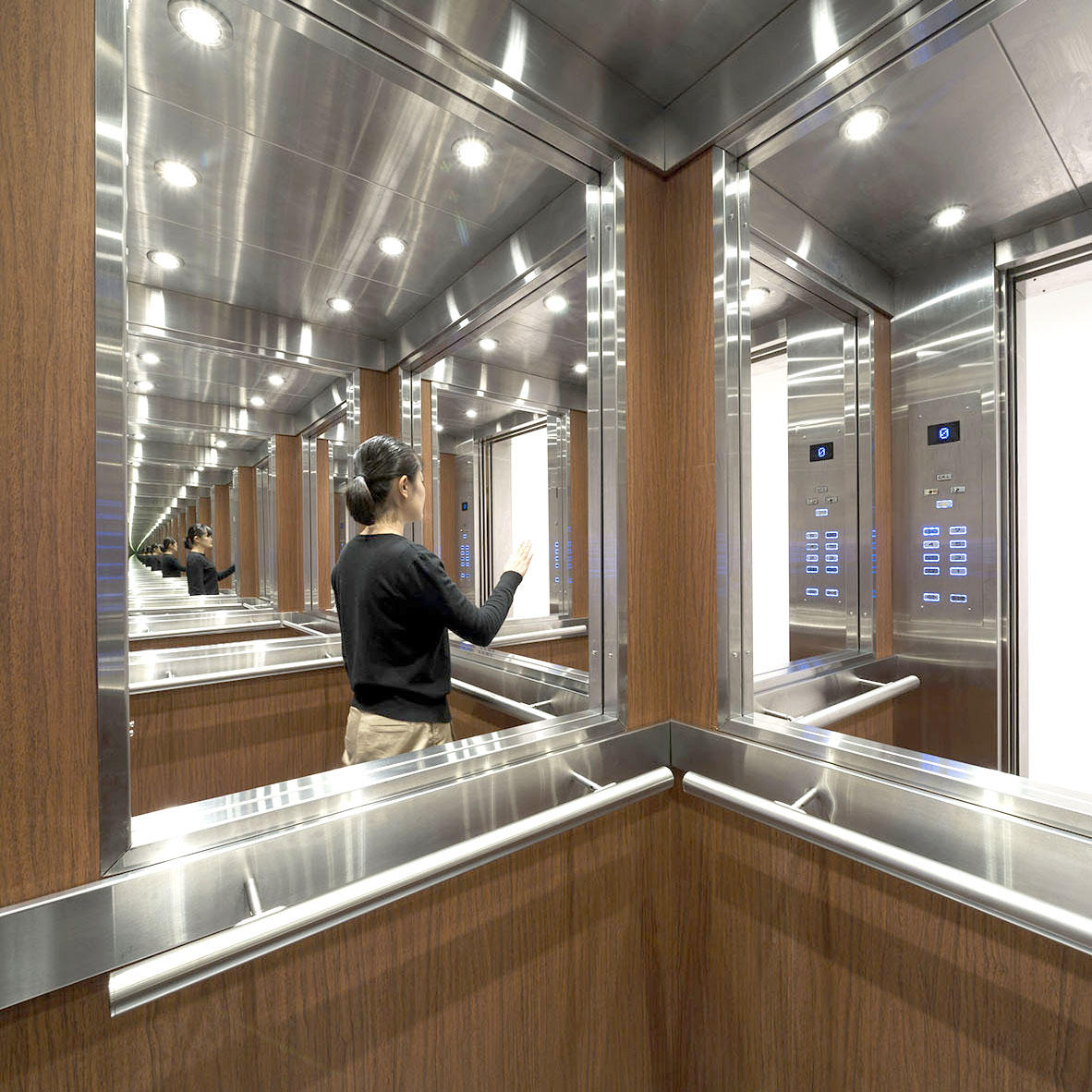
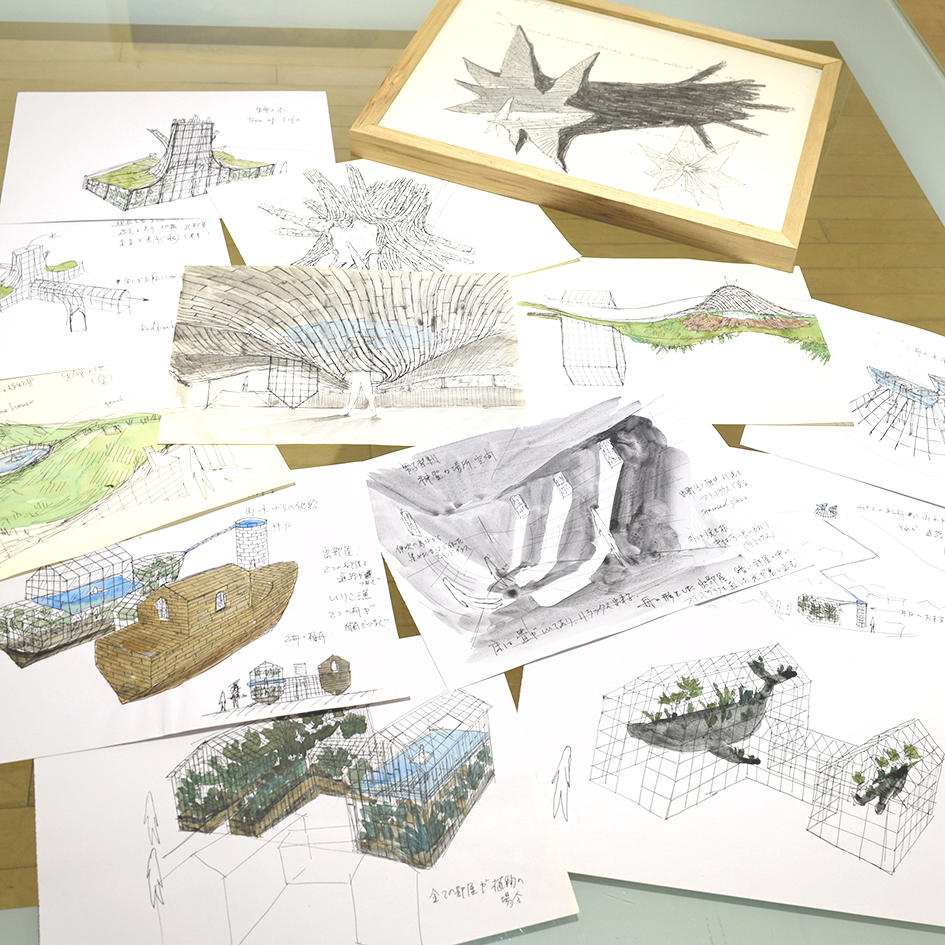
![[session extended] Related Exhibition of ART SETOUCHI @ DAIKANYAMA T-SITE anjin café](https://artfrontgallery.com/whatsnew/assets_c/2019/07/51b443e36450b17840c8fd878ff5b7350ac9f4c6-thumb-945x945-6744.jpg)
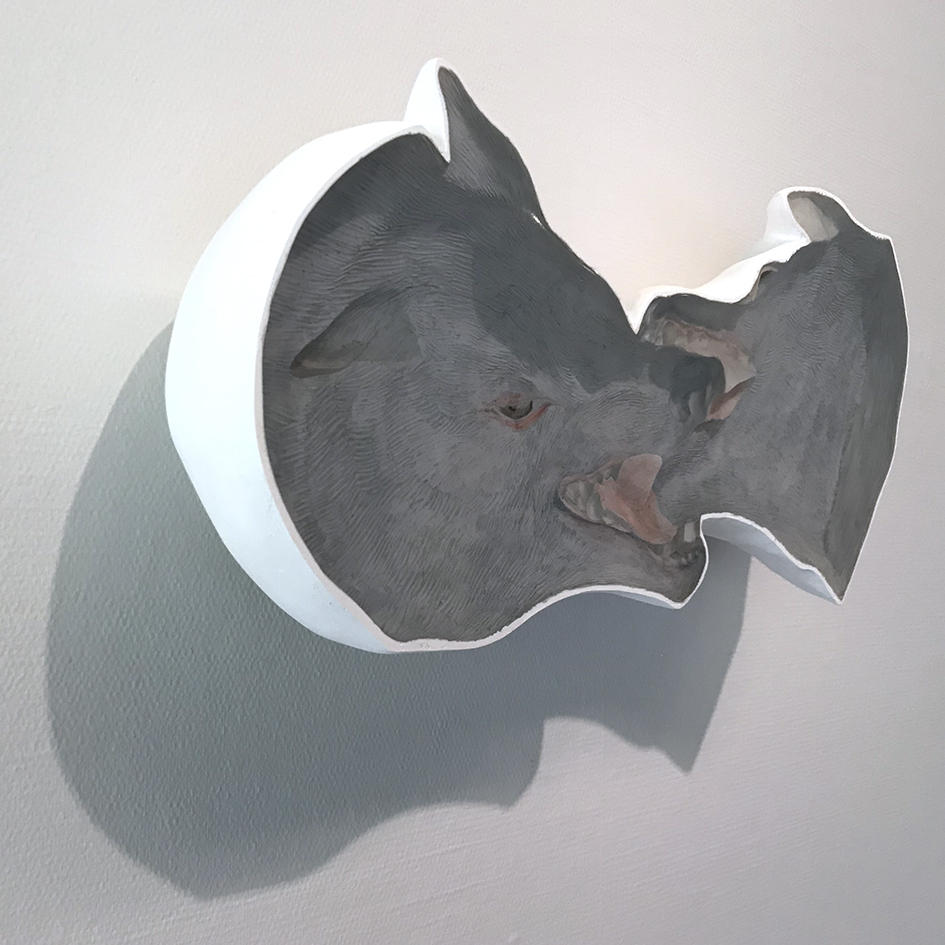
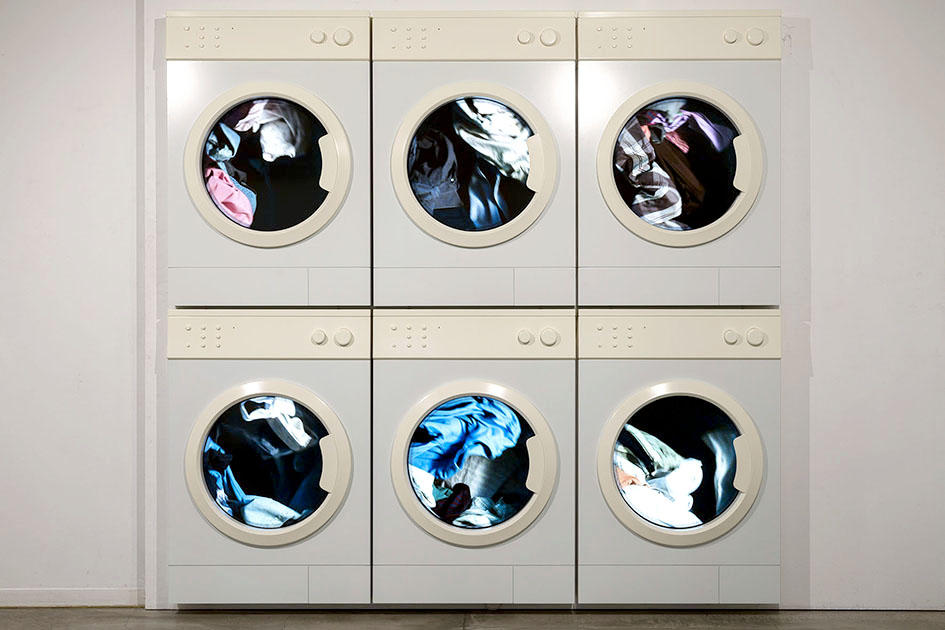
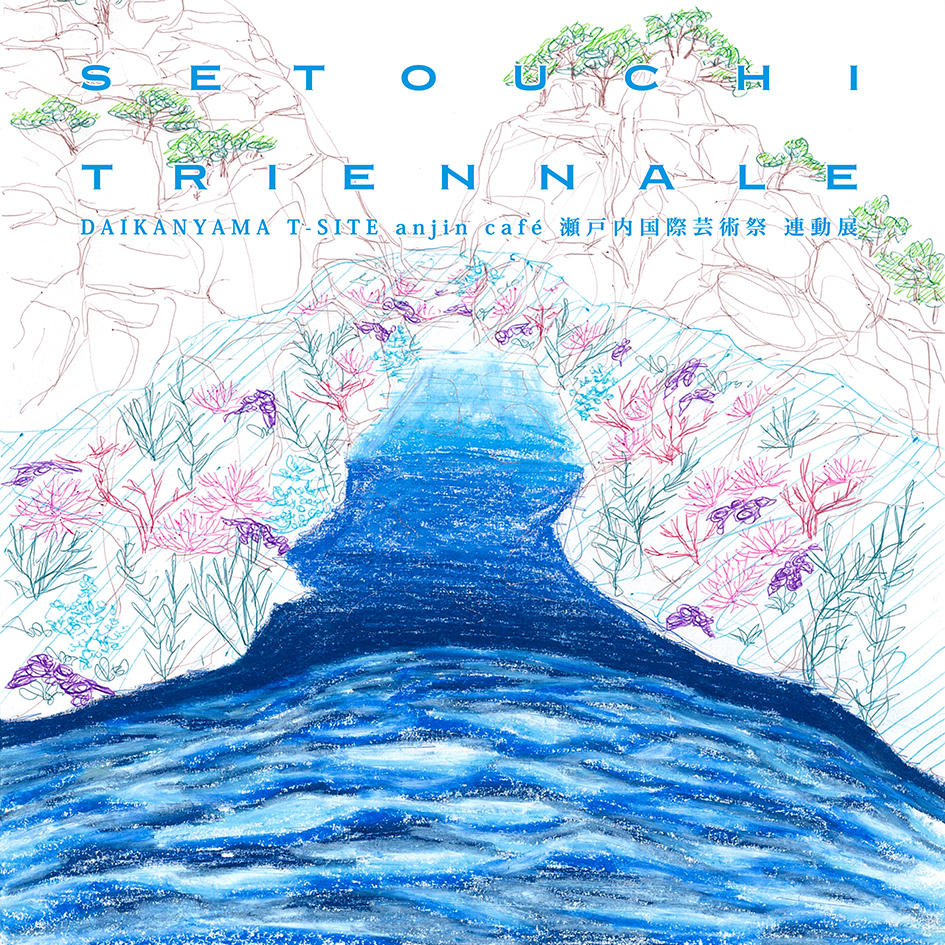
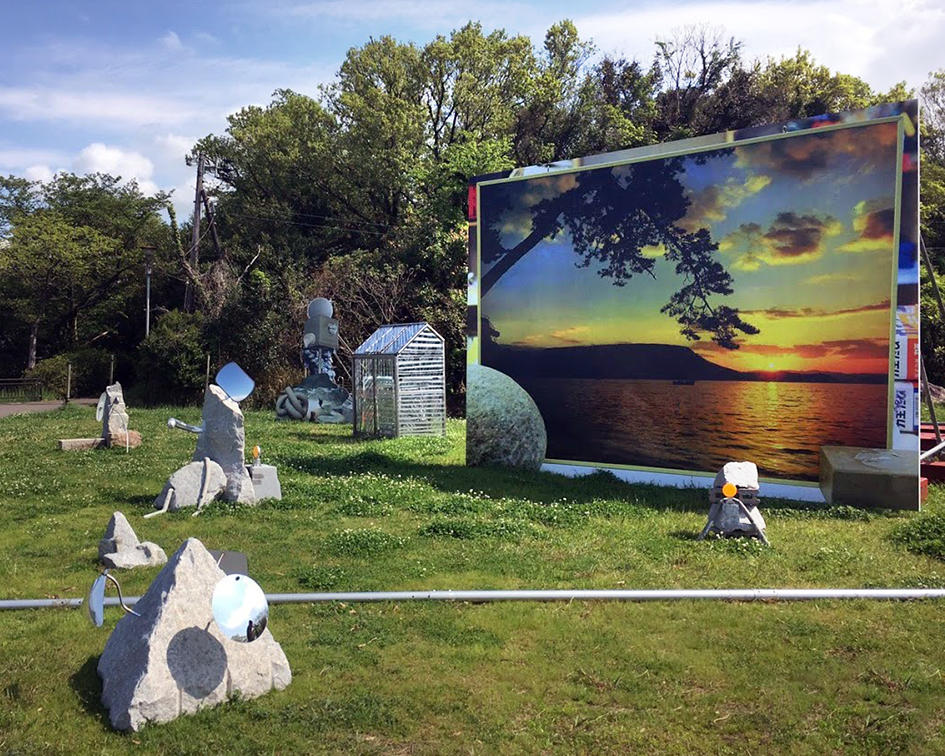

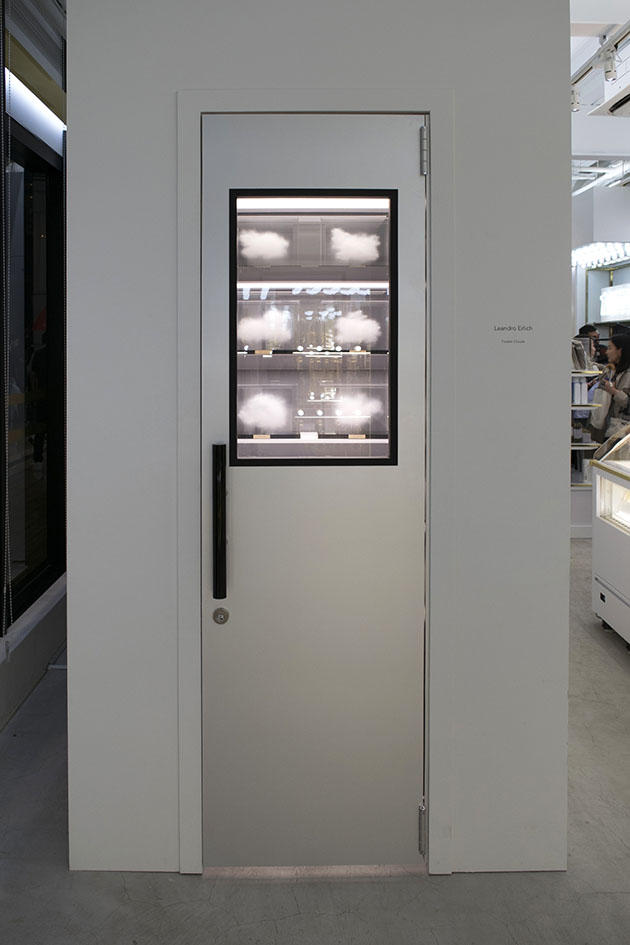
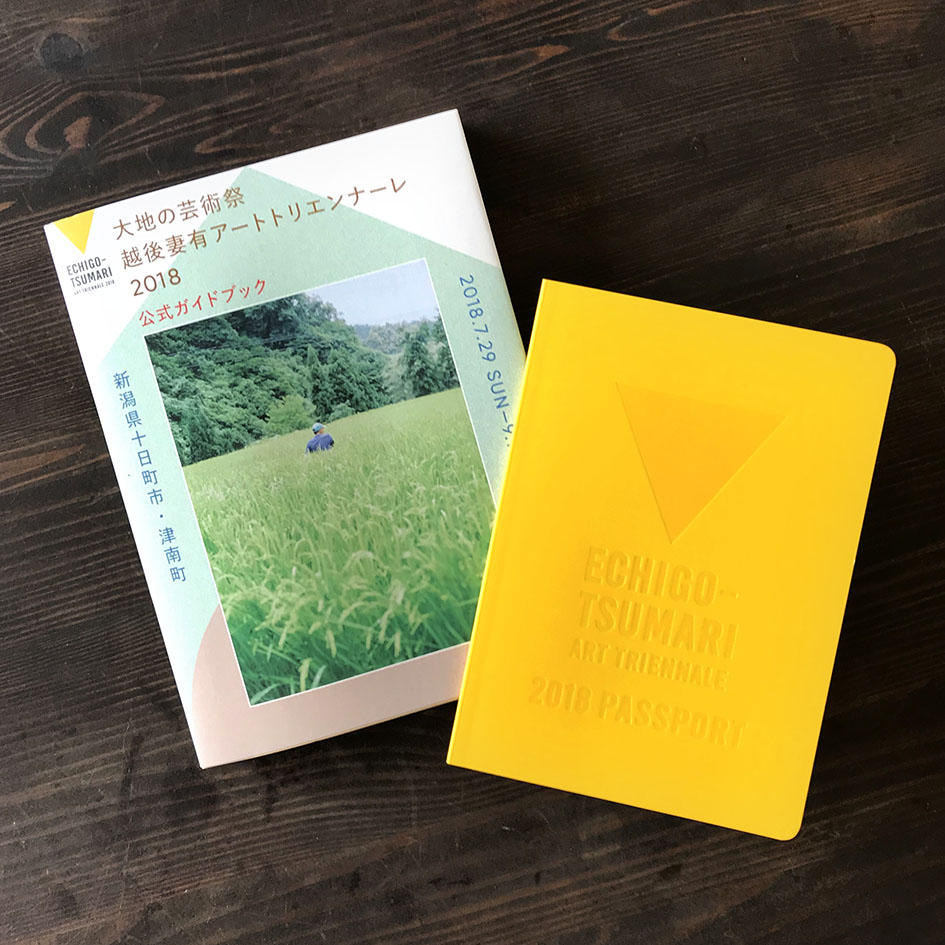
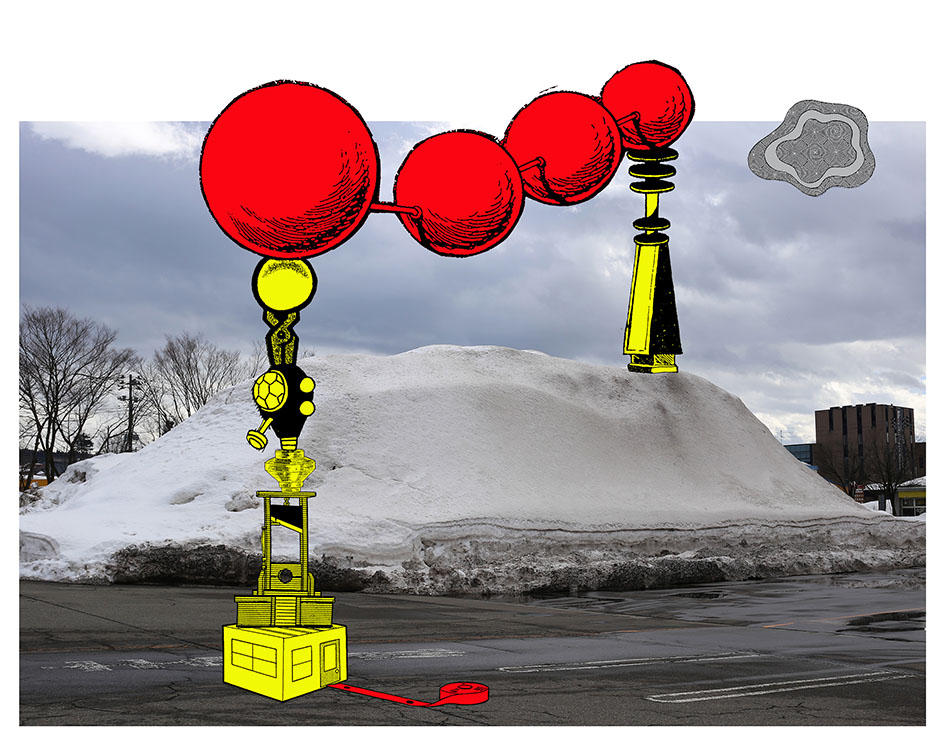
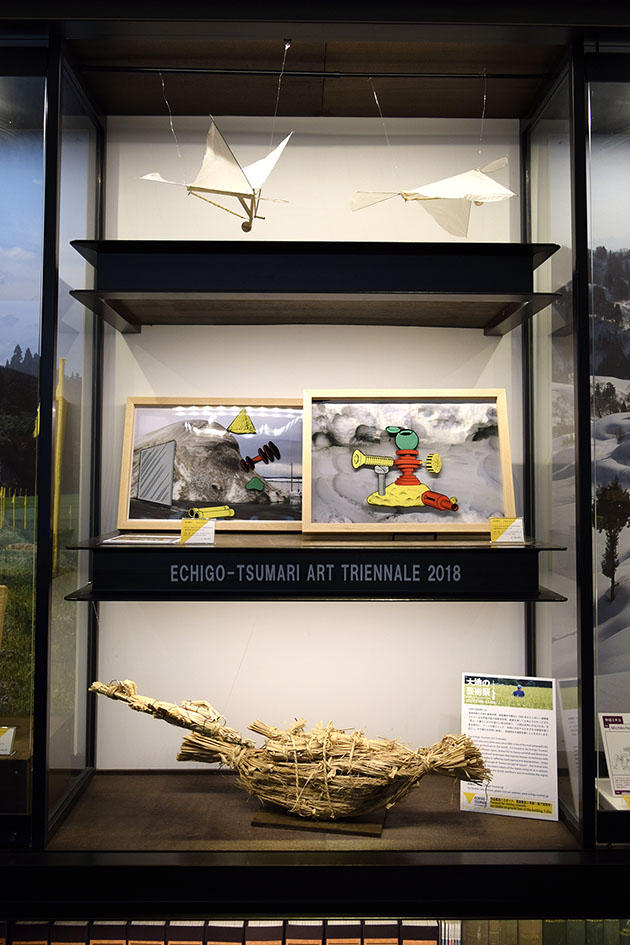
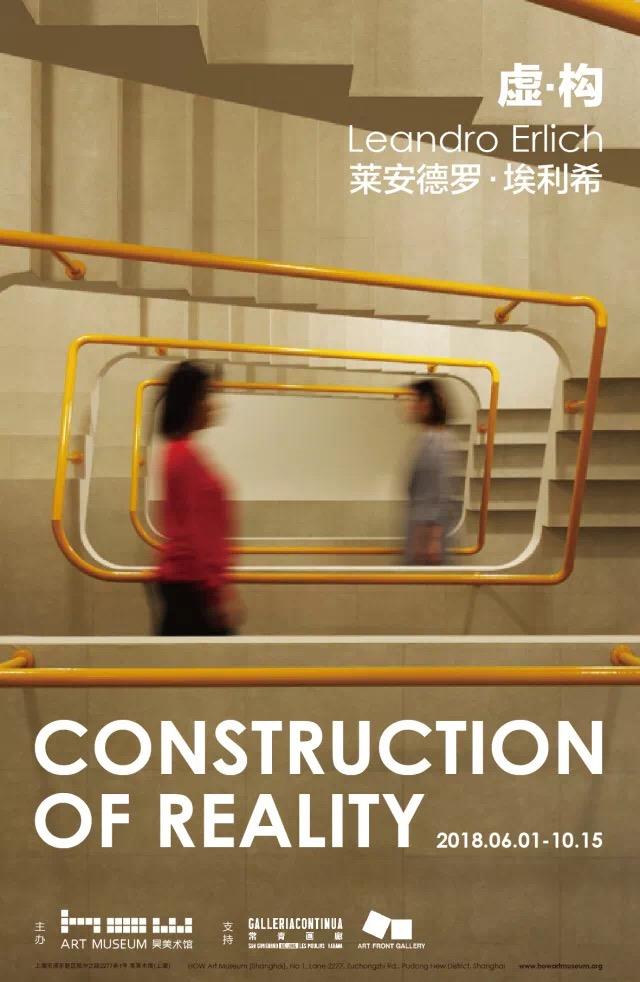
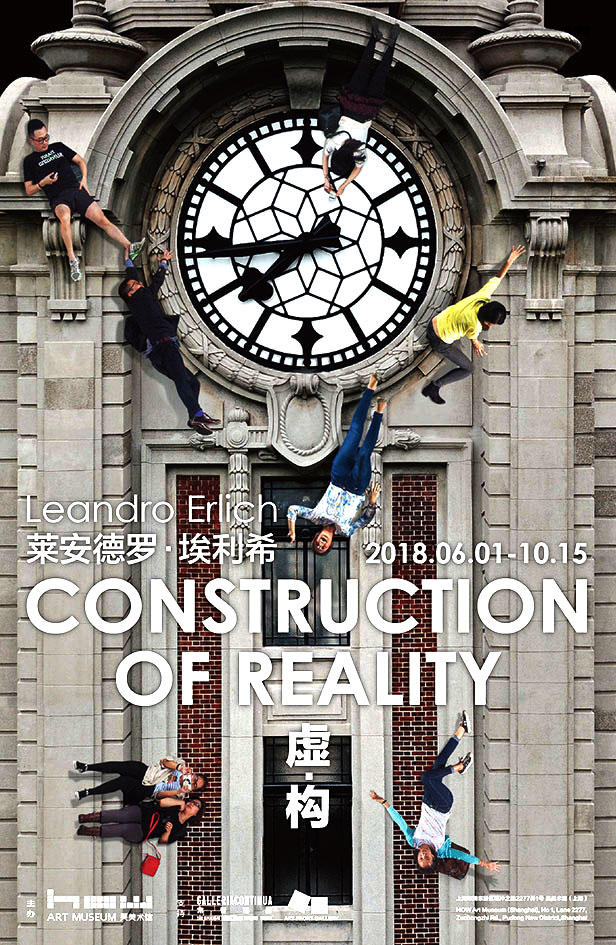
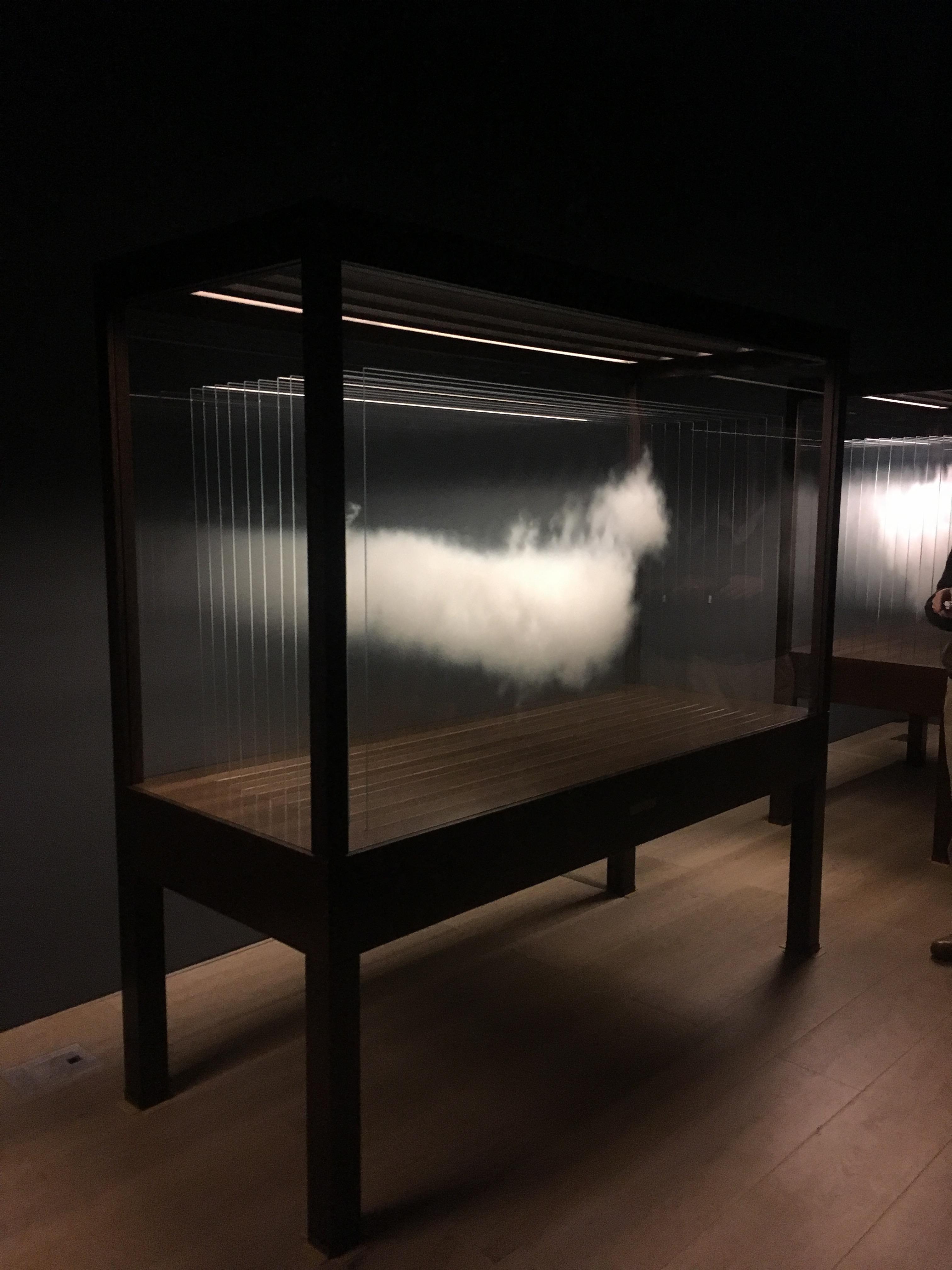
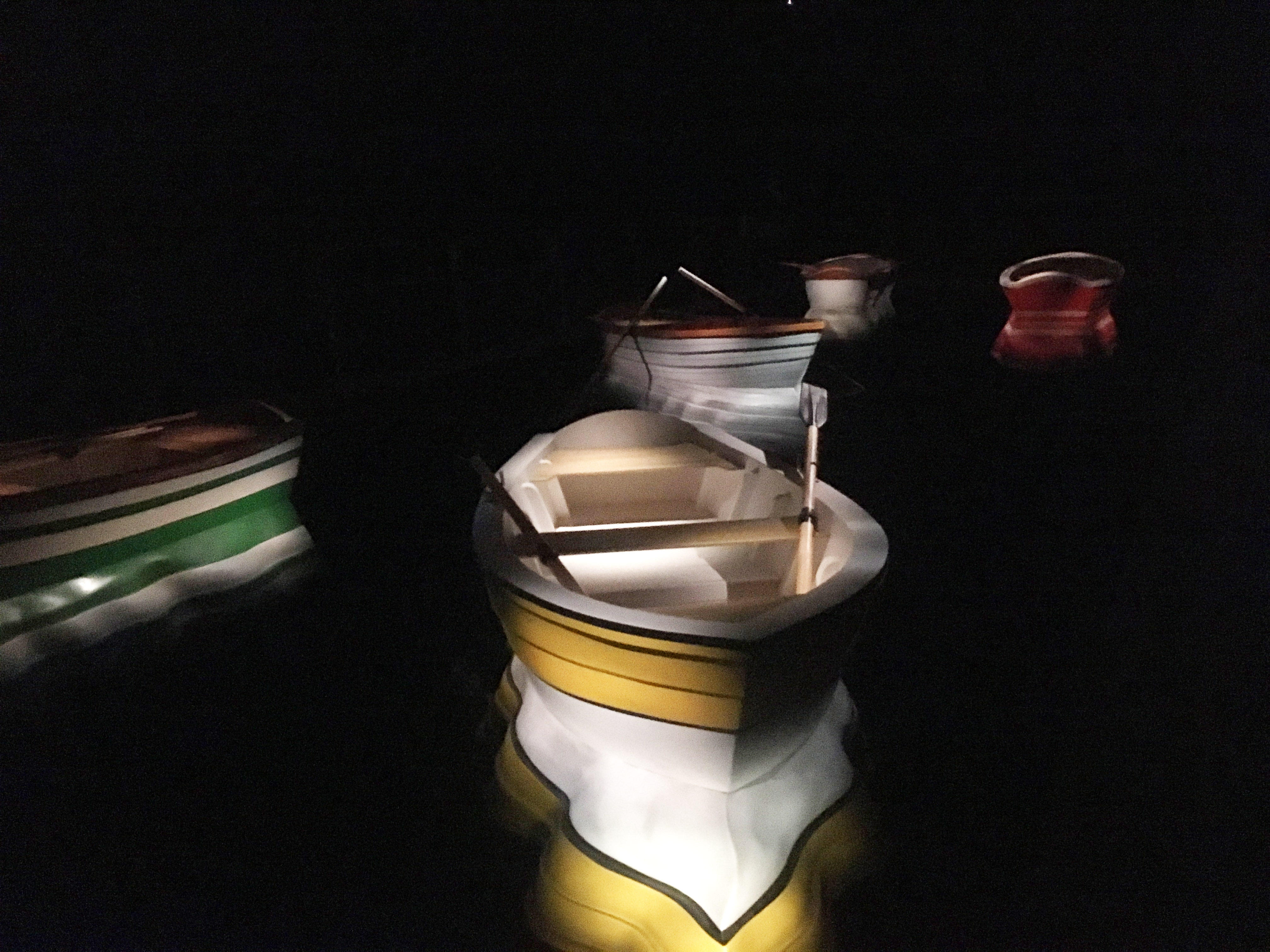
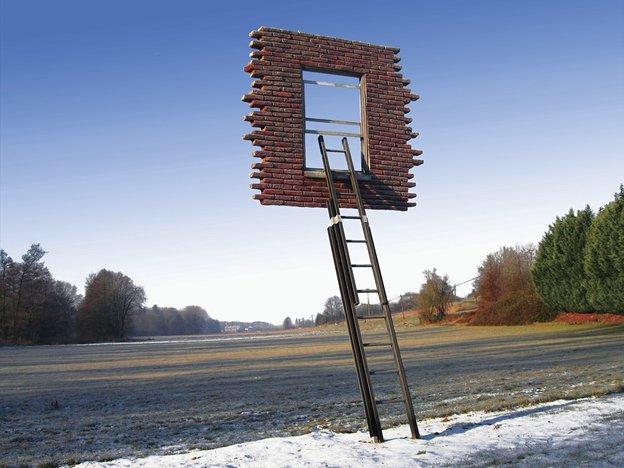
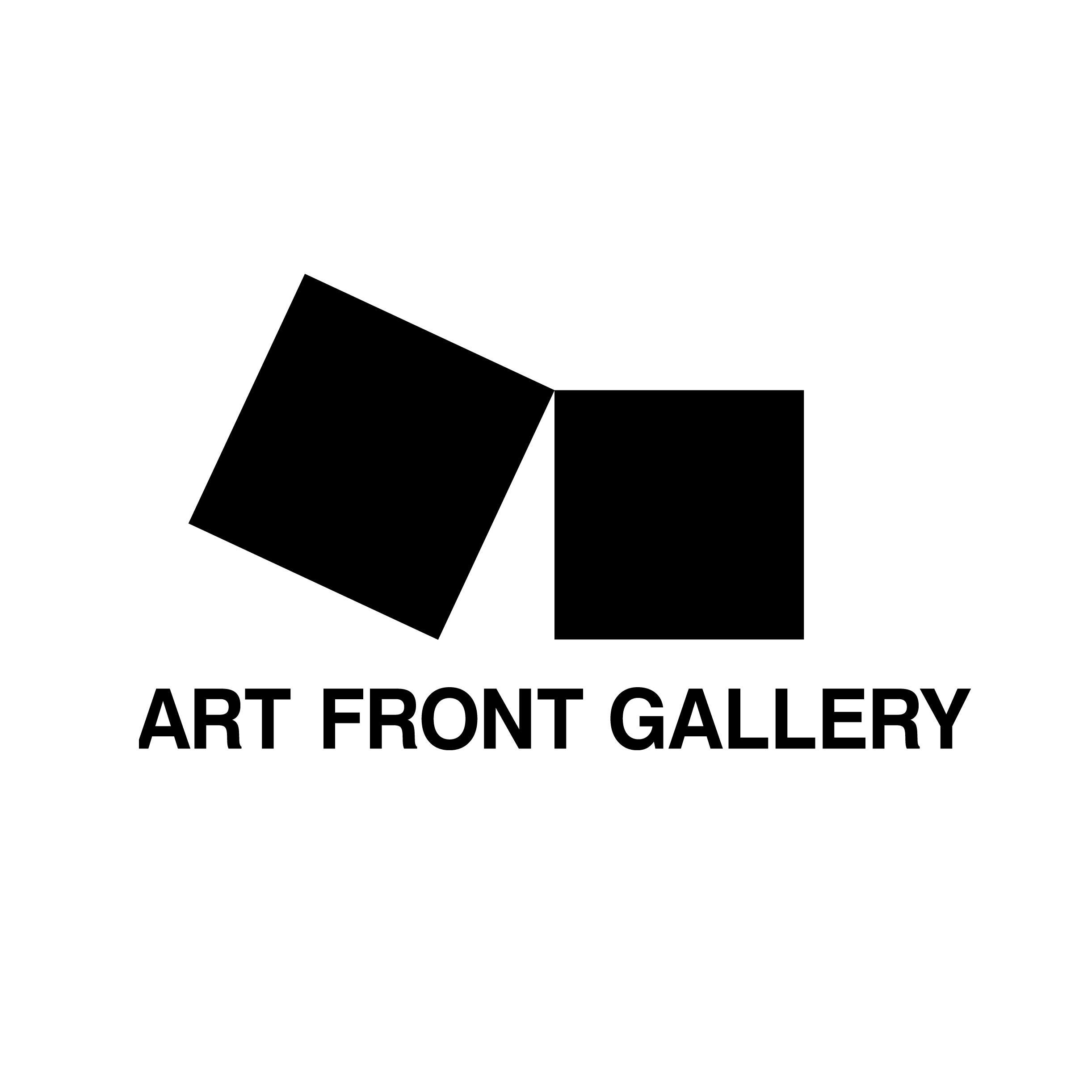
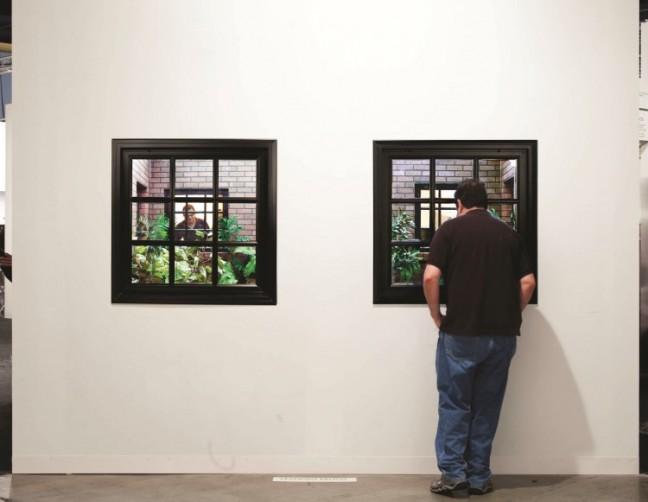
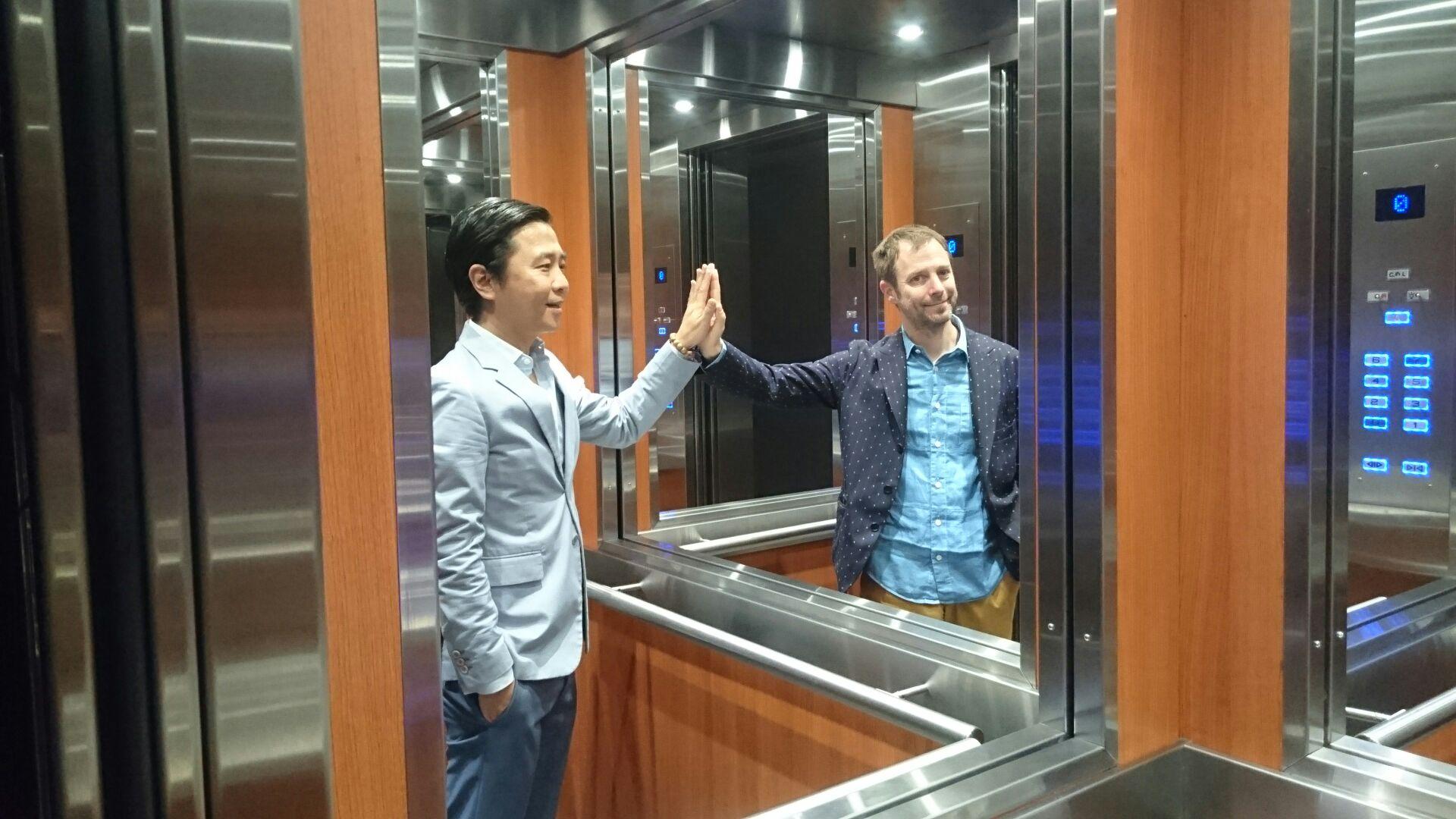
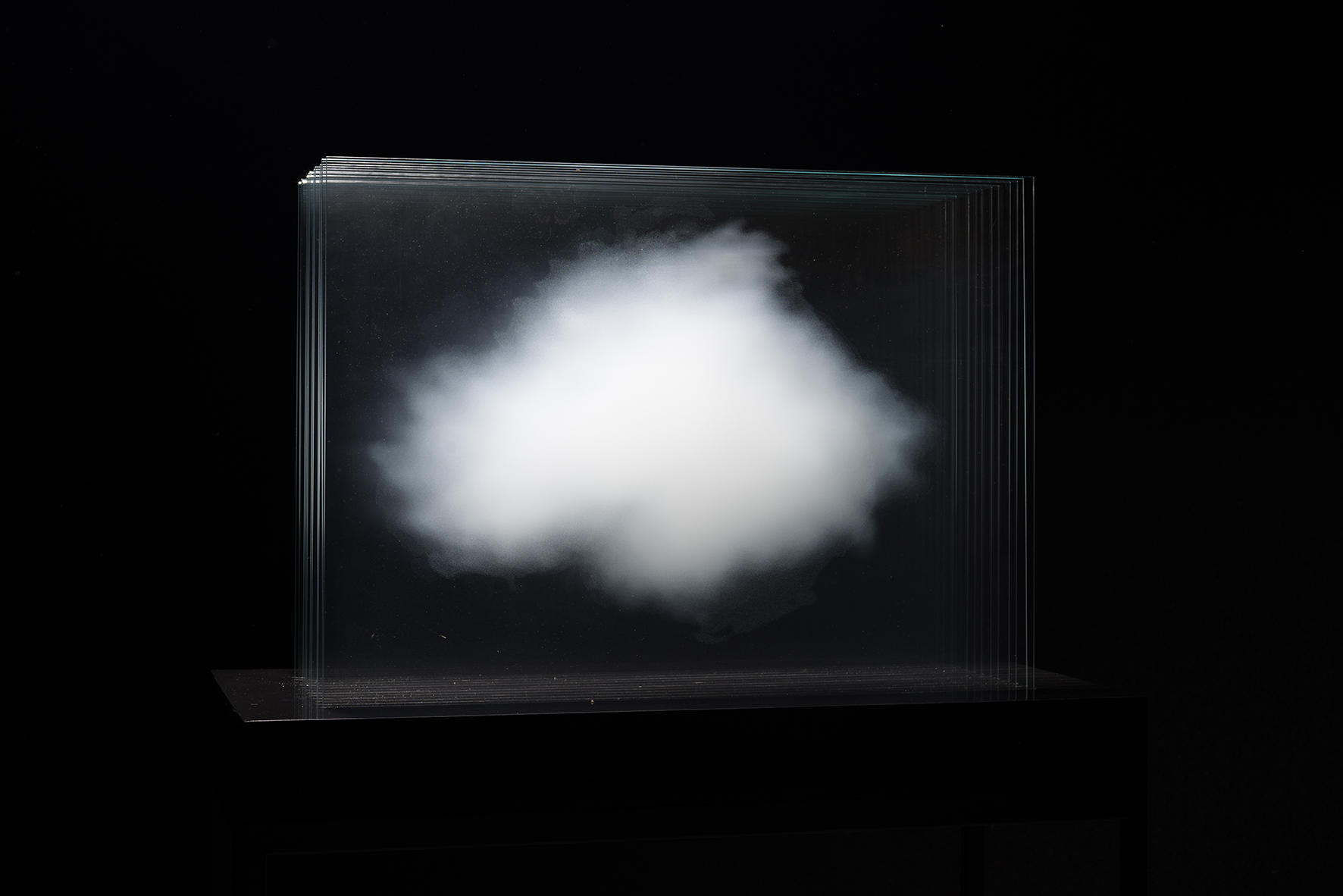
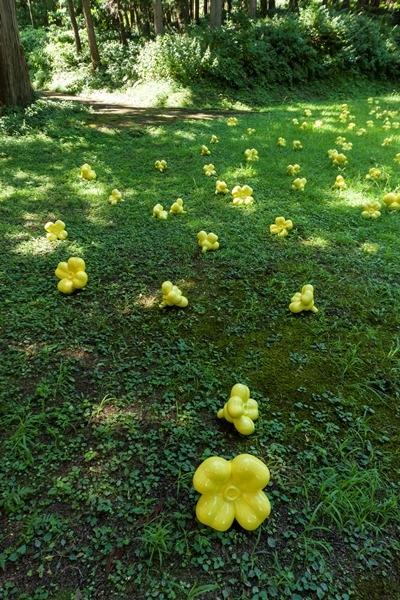
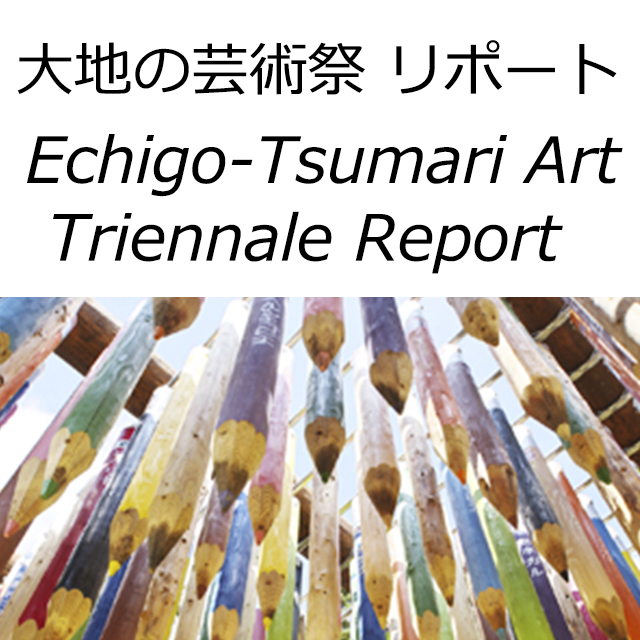
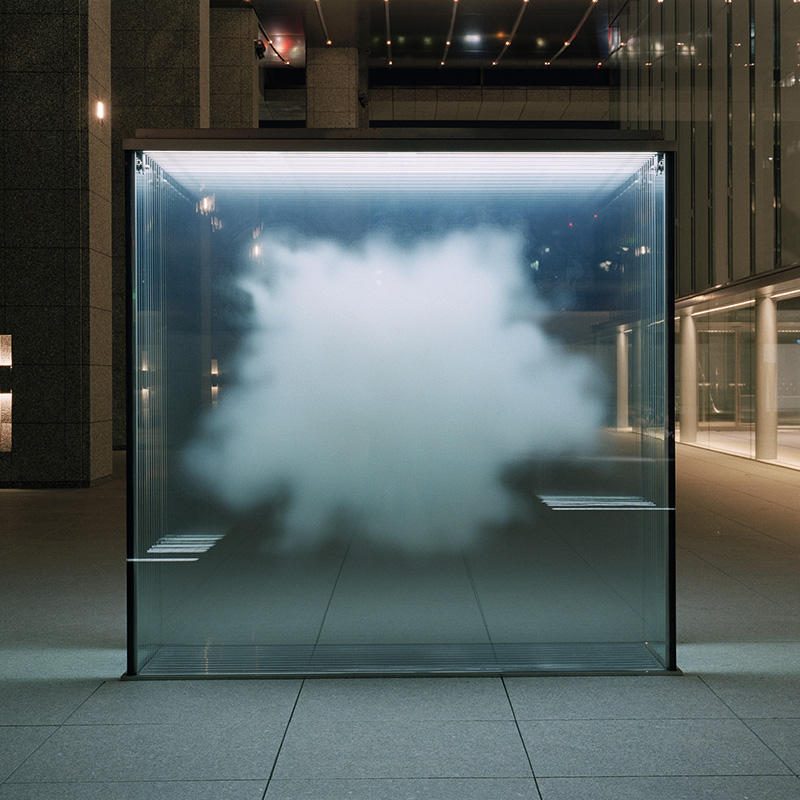
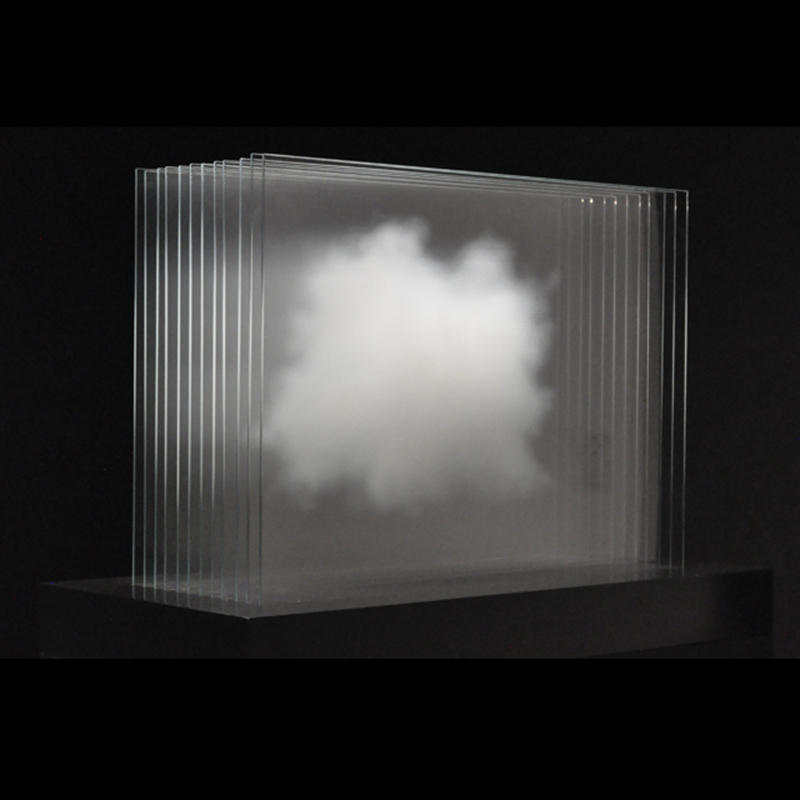
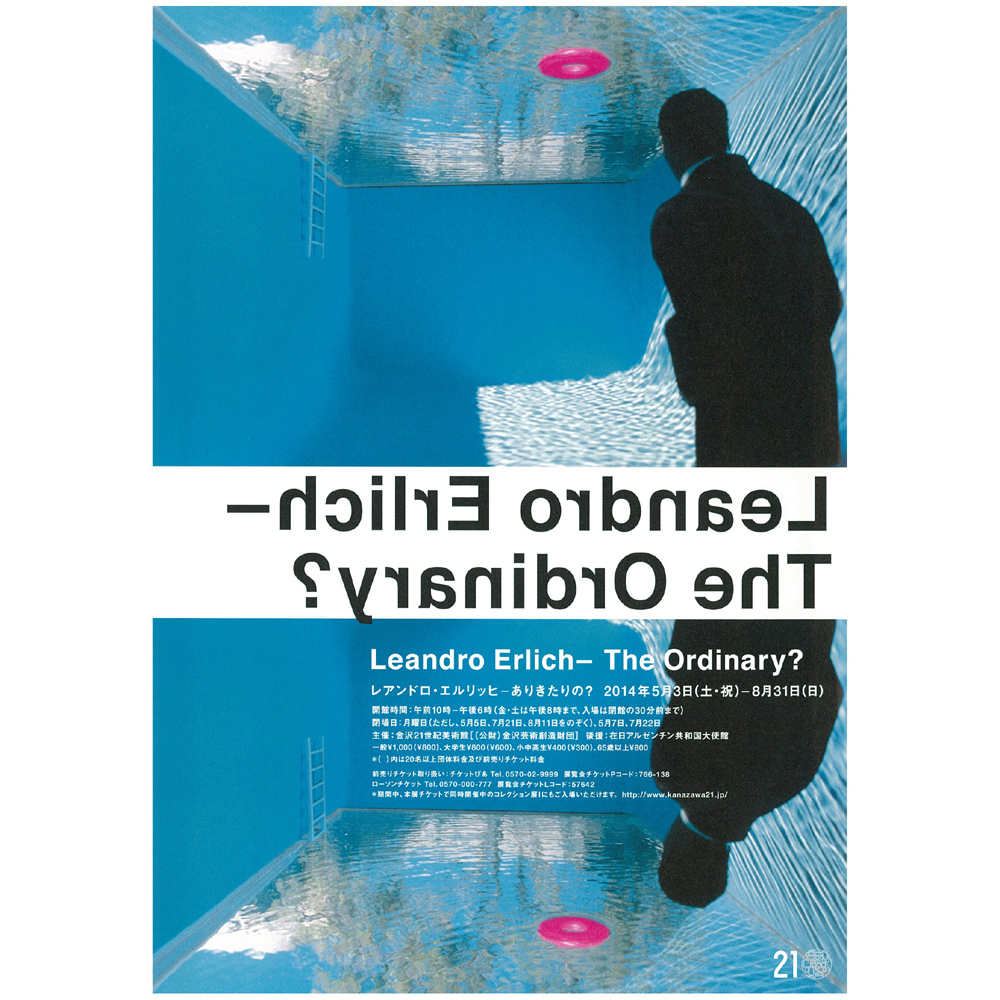
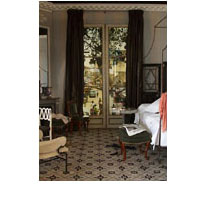
Realated Project
